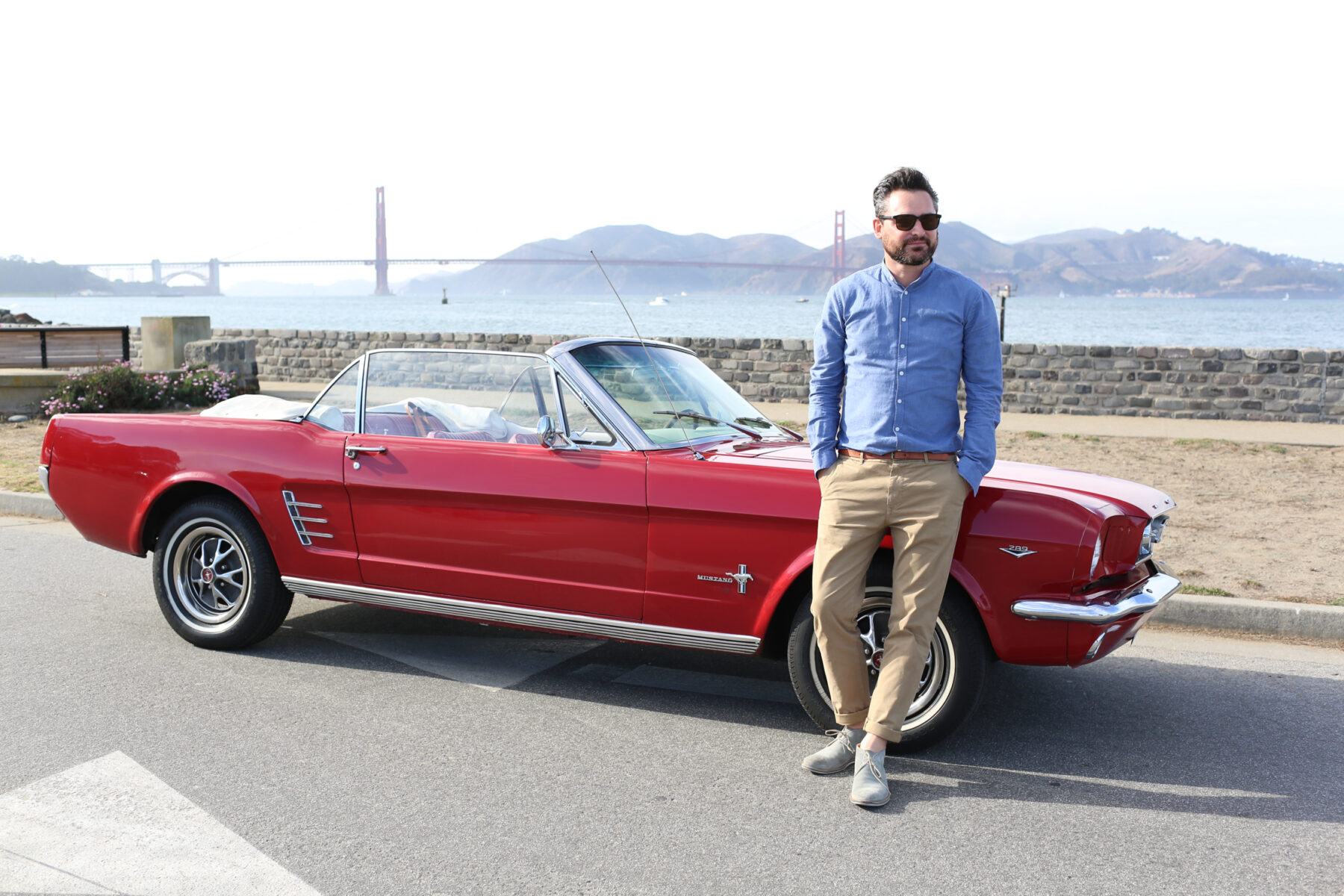Imagine your typical corporate office: a non-descript room, as bland as a saltine cracker, a sea of office workers cloistered in cubicles, an unending, fluorescent buzz from colorless lights above.
There’s no trace of this at The Garage, on Google’s main campus in Mountain View, California. With worn concrete floors, haphazardly scattered computers, 3D printers, sewing machines and a hodge-podge of craft supplies, the Garage looks like an amalgam of many familiar spaces – warehouse, workshop, computer lab, art space and play room – and yet upon first glance, it’s not quite like anything you’ve ever seen.
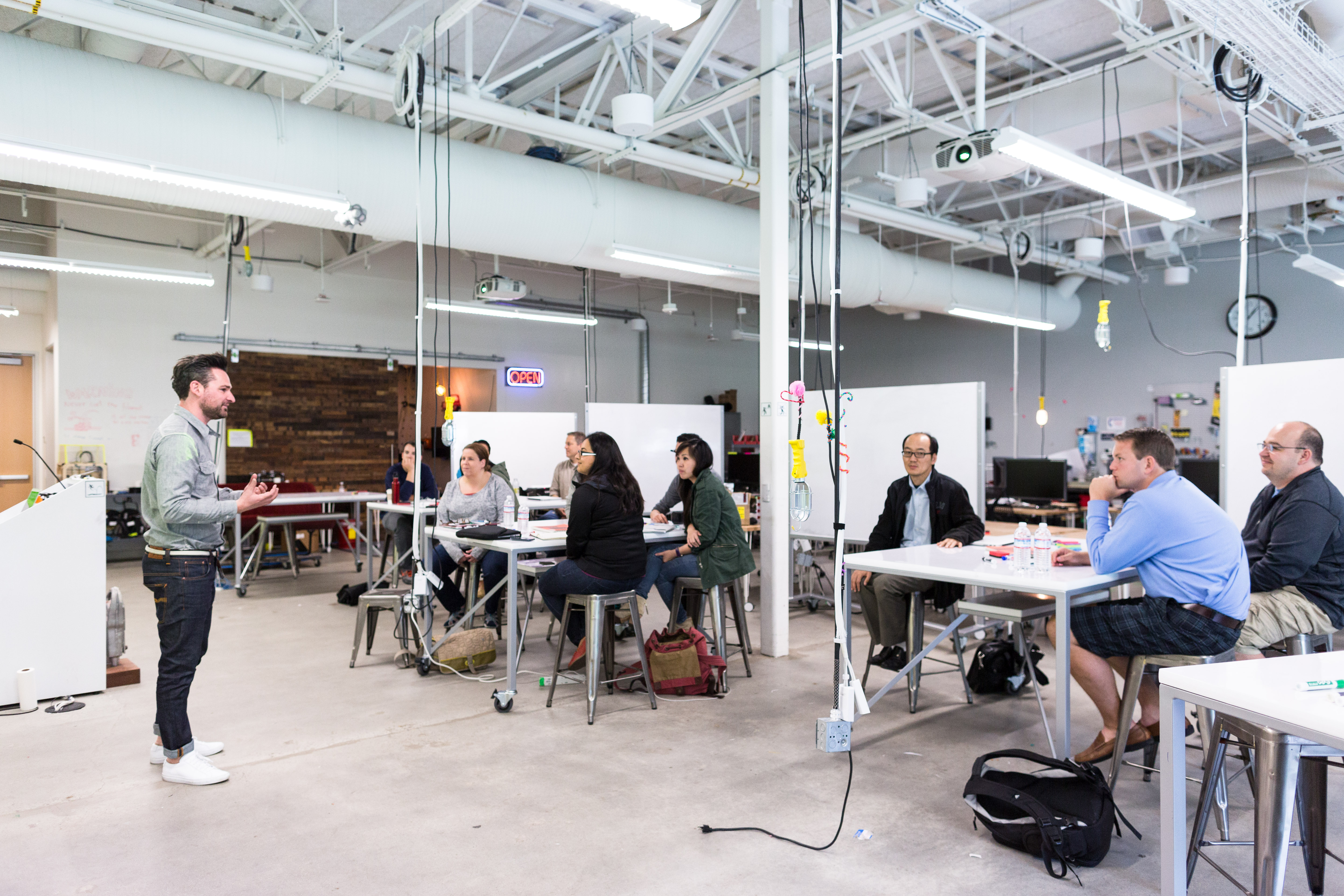
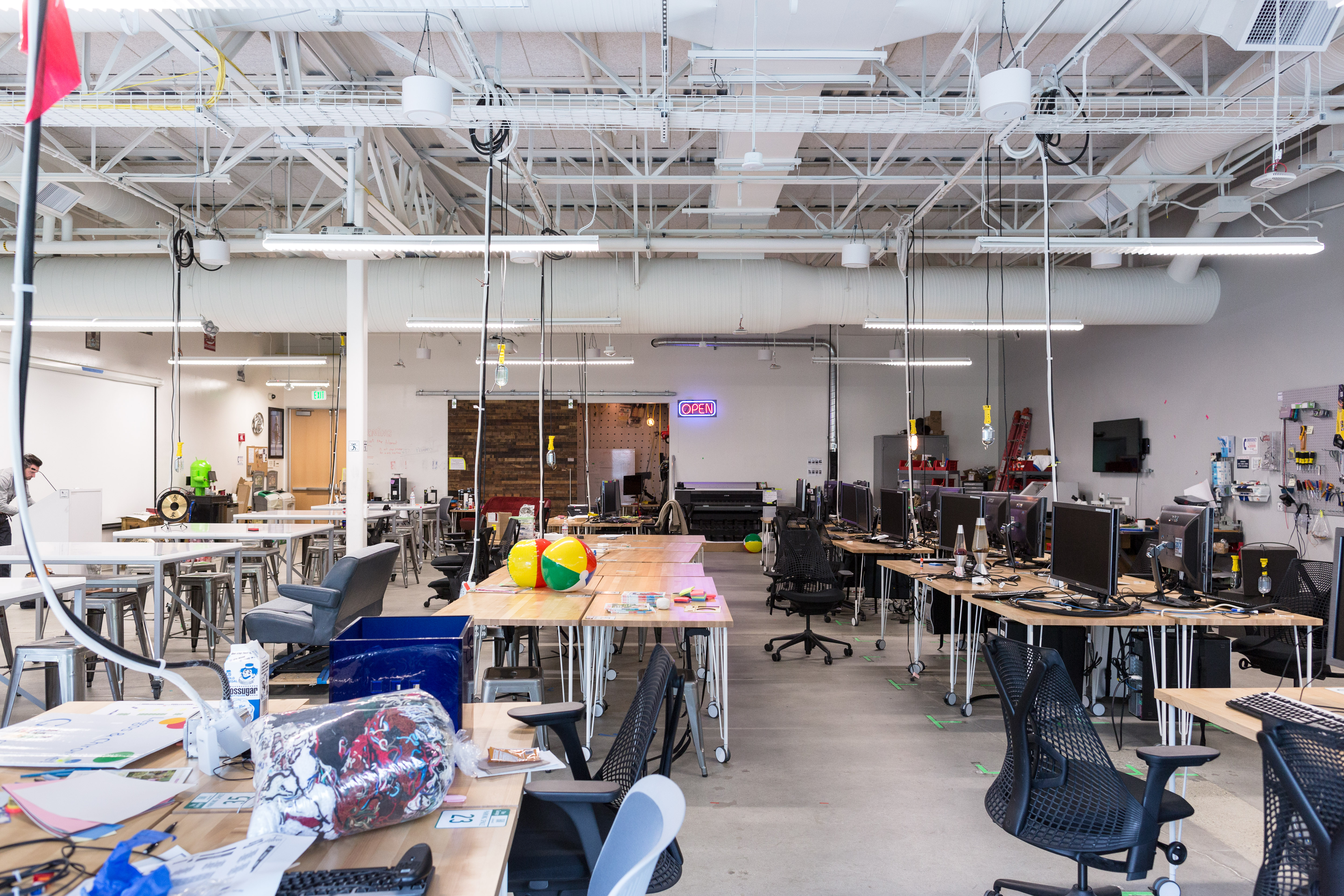
Although there is no recipe for creativity, a dedicated space can be conducive to harnessing it. Here, people try to connect ideas in new ways and test those ideas to see if they actually work in the real world. Far from being the colorless world typically associated with office life, the Garage has become a shared space where people could come to experiment, focus on passion projects and collaborate with each other.
Frederik Pferdt is one of the founders of the Garage, which he calls “an environment to focus on new and wild ideas.” He’s also the Head of Innovation and Creativity at Google. Twice a week, he teaches a design class at Stanford’s famed Design School. His job description may not be a job you’ve heard of: he spends his time working with every single department at Google facilitating idea generation, problem-solving and prototyping. Basically, he helps his colleagues, also known as Googlers, be more creative. One of the ways he does this is through a workshop called Creative Skills Innovation Lab (CSI:Lab, for short) which is dedicated to equipping Googlers with skills that will enhance their problem-solving and brainstorming processes.
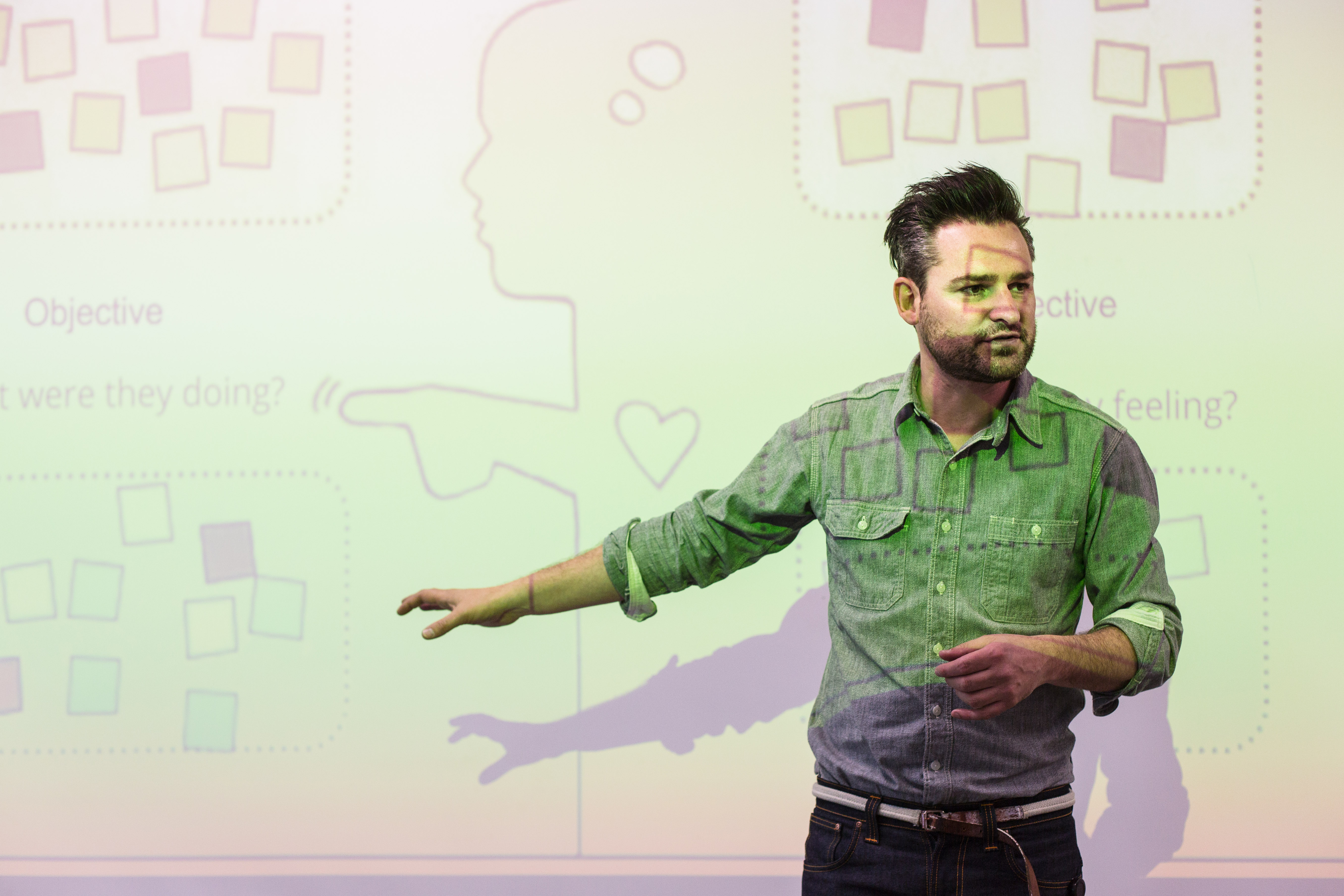

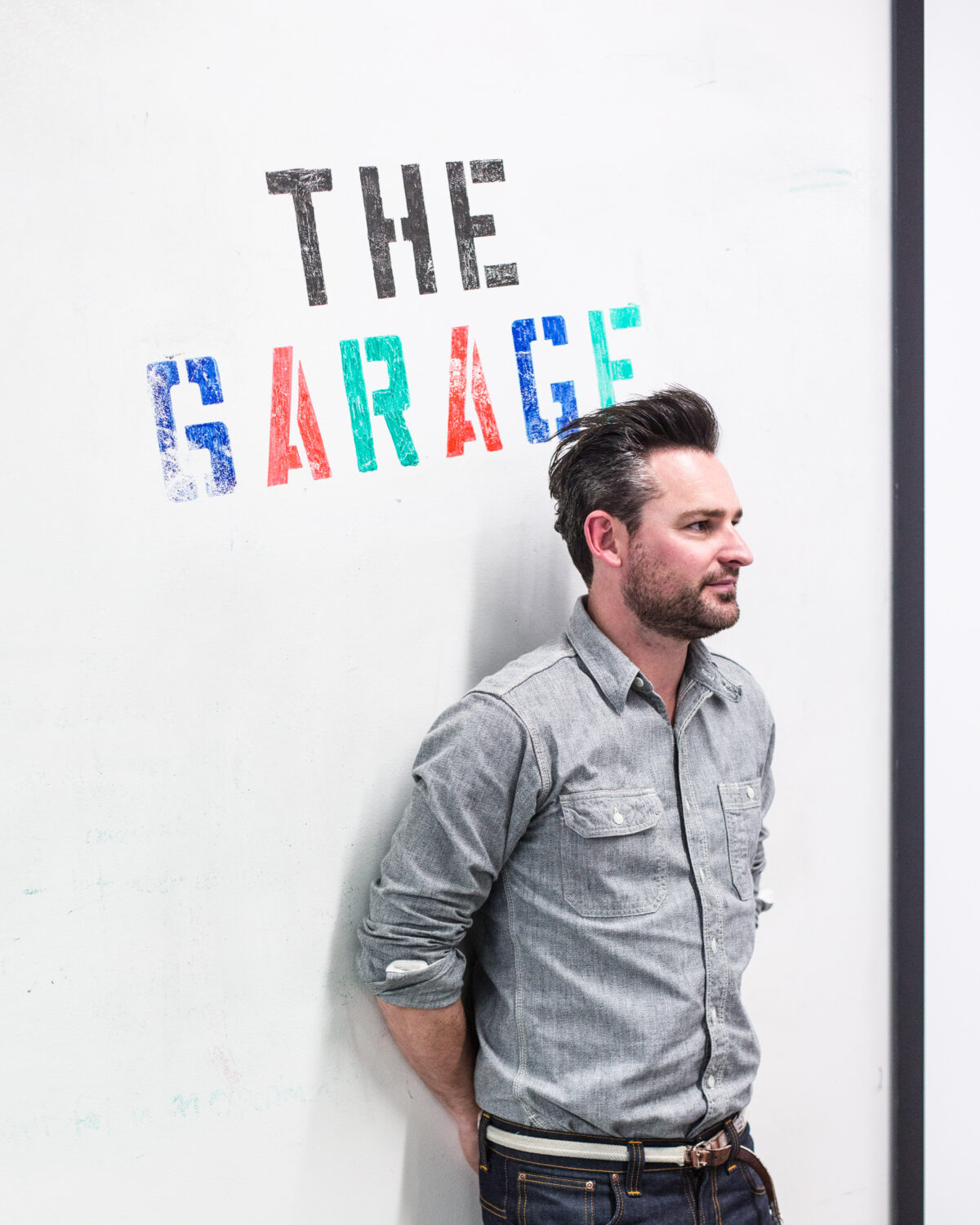
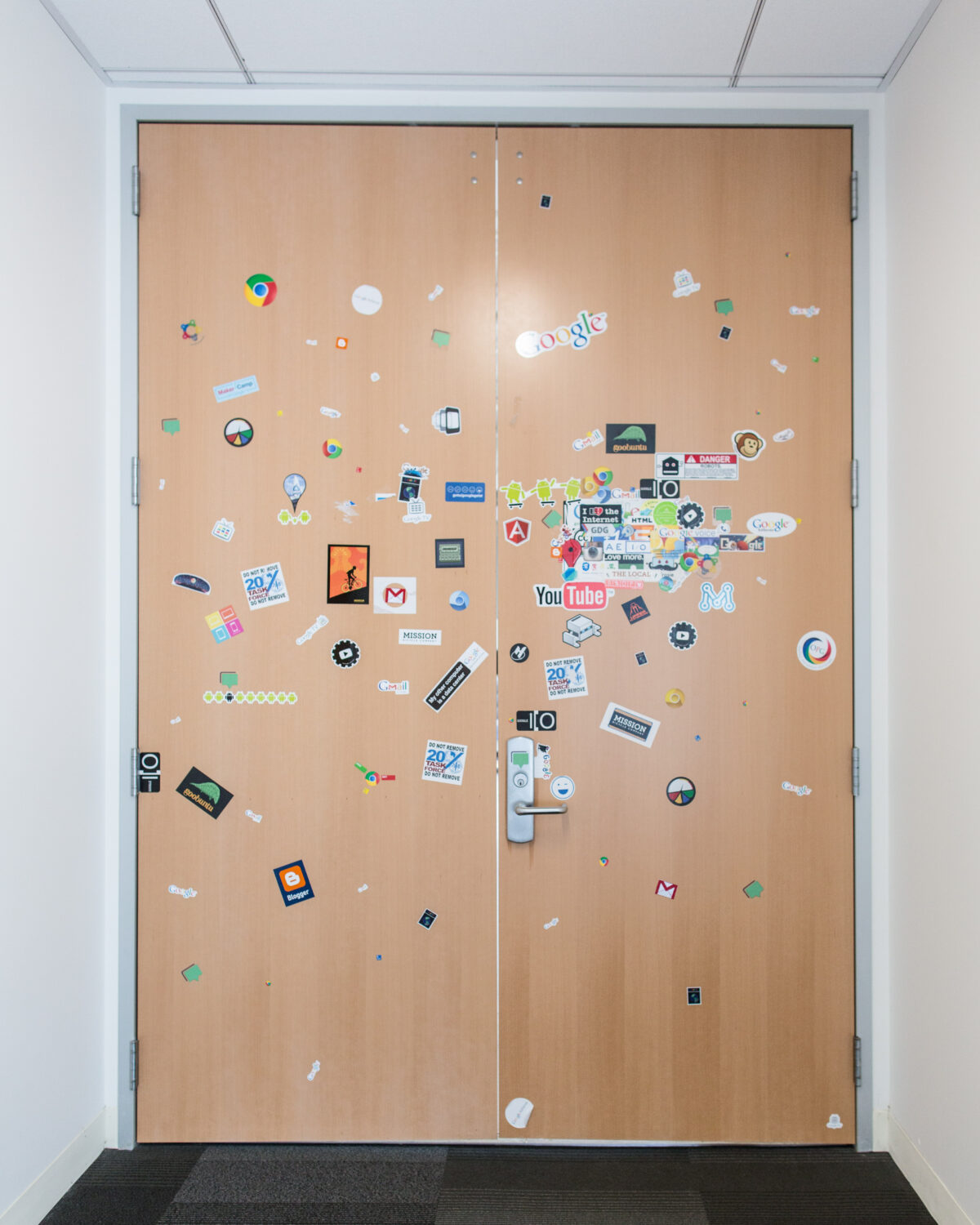
-
How did the Garage come to be?
I have always been passionate about the concept of a shared space where people could go and experiment. In 2010, a group of Googlers saw that there was a need for a specific place where people could experiment, collaborate and learn from each other. About two years ago, four Googlers who had a shared interest in spaces came together from different parts of the organization.
We agreed to call the space the Garage because that’s an iconic space in the Silicon Valley where new ideas and startups are born. Google was created in a garage. We were lucky because there was an empty space available that we were allowed to take over.
We went to a junkyard and got these old auto parts, painted them, and put things together. We wanted to be scrappy – try things out quickly and see how they worked. We designed these tables with whiteboard surfaces so that people could communicate ideas quickly on a horizontal surface. We wanted digital equipment so that people could have hackathons here. We let teams schedule the space for brainstorming or events. We hosted talks, concerts and other events.
We asked Googlers how they wanted to use the space and let them do it. We had people who wanted to teach 3D printing and laser-cutting classes, so we focused on building out the technological capabilities for the space. We put up time-lapse cameras so we could see what areas were being used and what areas weren’t, and learned very quickly what was working and what wasn’t.
It’s an interesting balance between a chaotic, messy garage and a playful, clean kid’s room. People should feel like they can touch things and move things around and break things. Balance and flexibility are important so that people can re-configure and re-design the space. We encourage experimentation. Now more and more locations want to replicate this model of an environment where people can come together, collaborate and radically experiment.
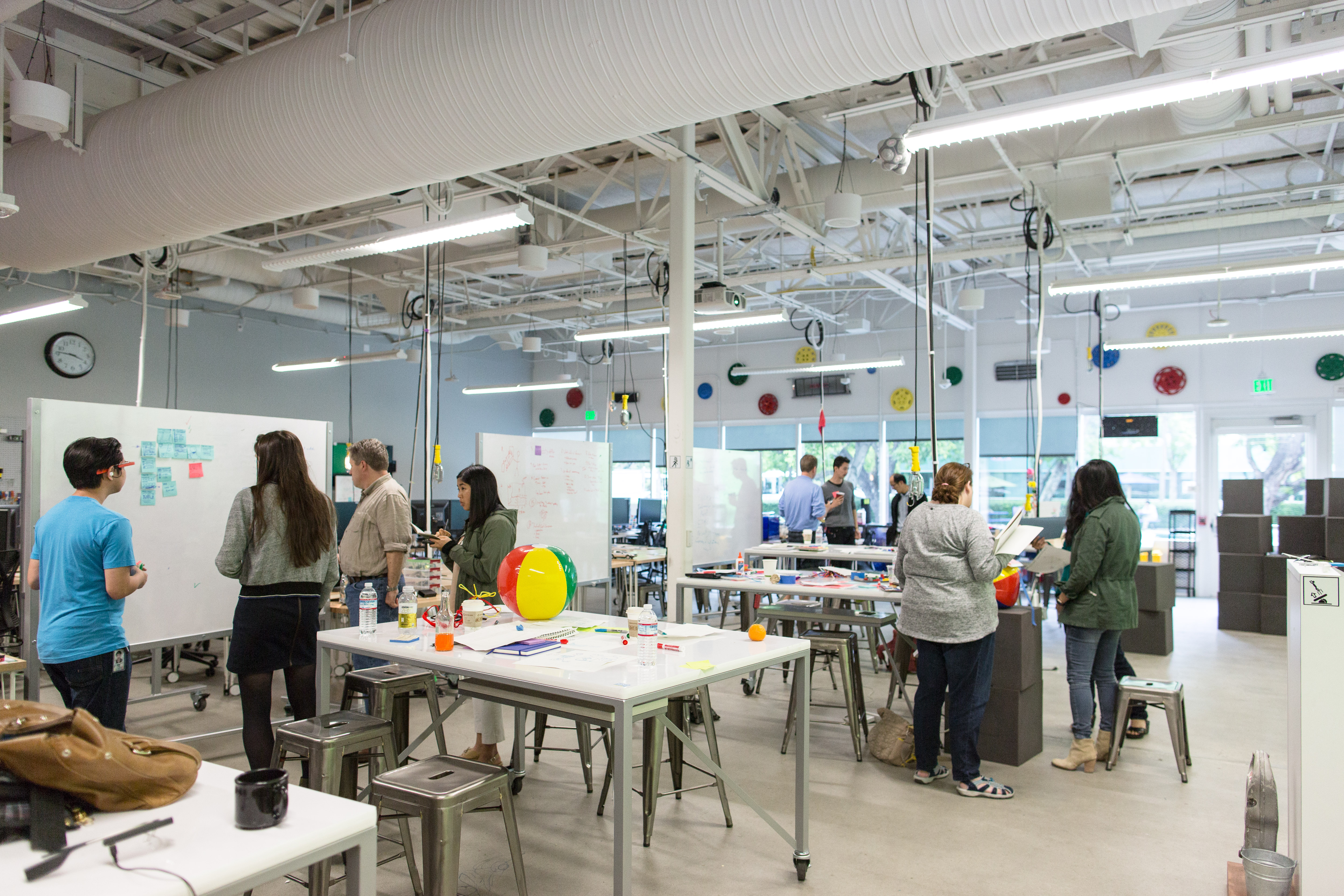
-
What’s the future of the garage? What do you want to happen here?
I think we’re quite happy with what we’re seeing at the moment because people are coming in and using it in different ways. People are staying overnight or over the weekend, and getting excited about what they’re doing here. Obviously, we can learn a lot more, like what is the key essence of the garage and how can we scale that. That’s going to be a future project for us – scaling the essence of the garage, figuring out how to build that out while helping teams make new and amazing things.
-
I want to talk more about physical space. Can you talk about the principles of designing a space that is conducive to innovation?
First, I believe that proximity fosters creativity. When you put people close together, they get inspired by each other. The second principle is flexibility. A flexible space is important because you can create environments that serve different goals and needs.
-
That’s really interesting to me – the relationship between emotion and space.
It depends on what you want to achieve with your space. You go to a gym; you go to a church; you go to a cinema – those are all spaces, but they create a different feeling in you. It’s the same with different modes of transportation. You have the flexibility to choose a specific mode of transportation based on the feeling you want to generate or what you want to achieve.
If you want people to work out in a gym, you can achieve that by creating a space with specific artifacts and sounds. If you want to encourage innovation, creativity and experimentation, you should not provide a finished, polished space.
-
It seems one of the biggest obstacles to innovation is the friction between an idea and something tangible.
The problem is not that we don’t have ideas. The problem is moving an idea forward and having the permission to try something out even if it might go wrong.

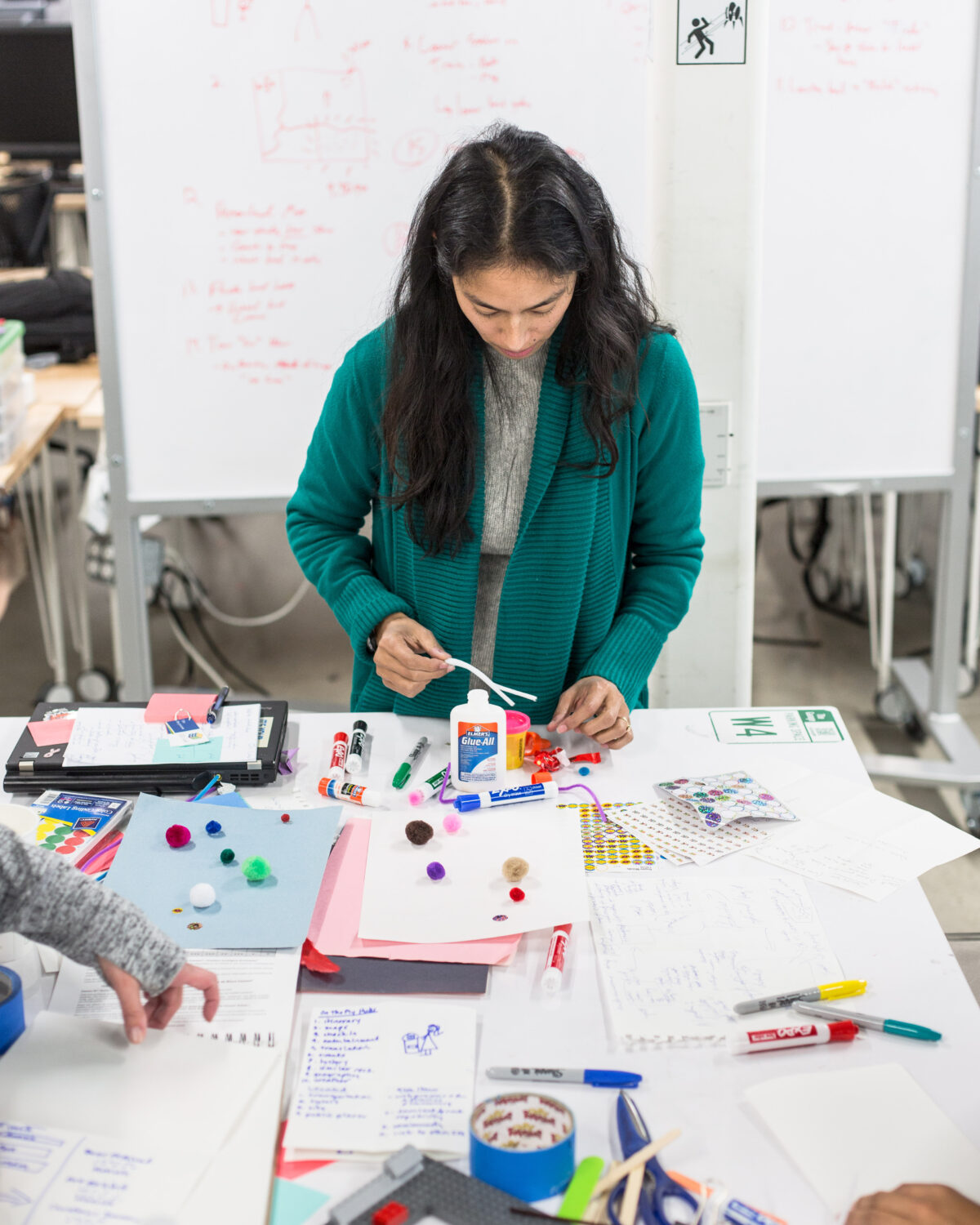
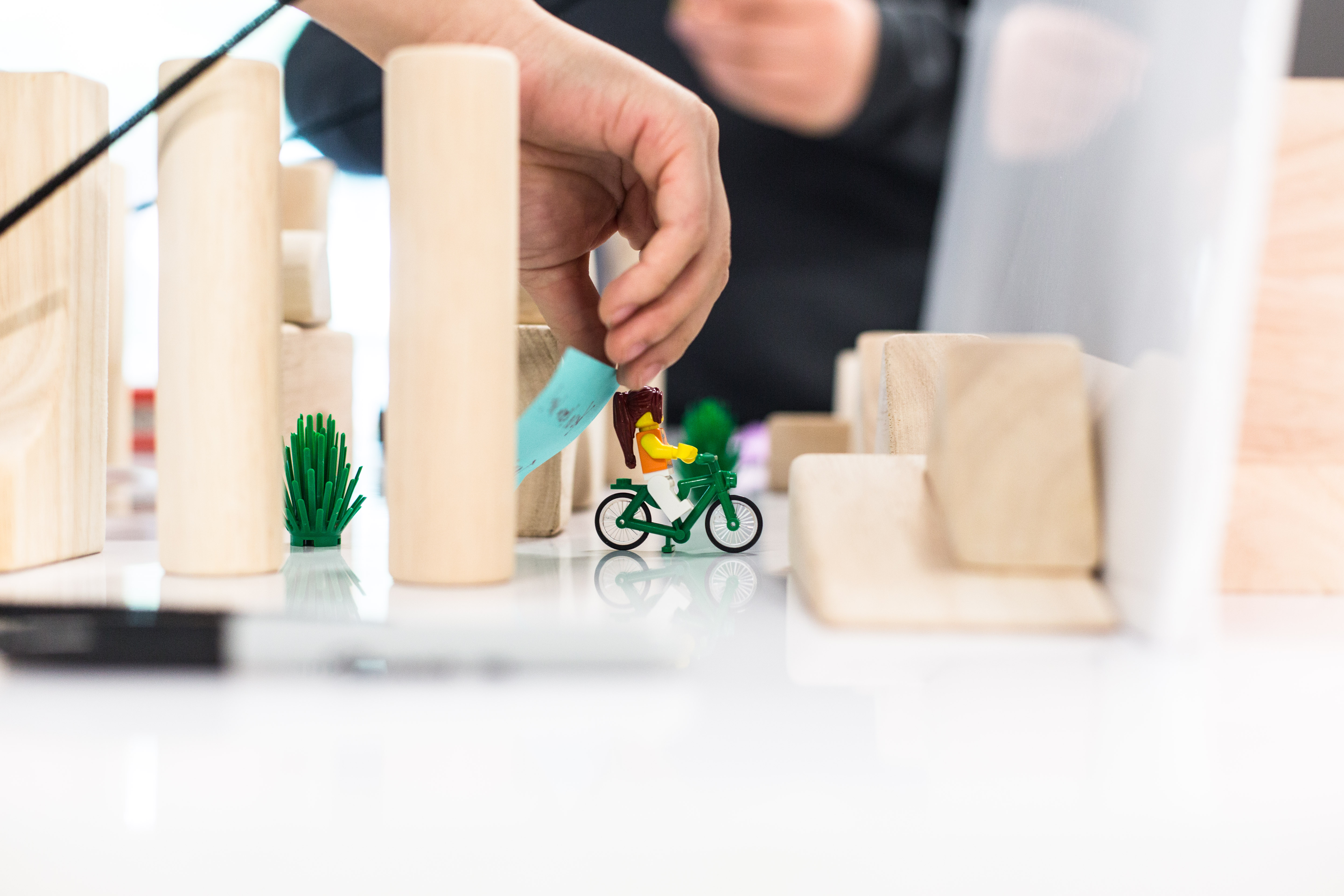
-
What is the role of a physical space at a tech company?
Winston Churchill once said, “We shape our buildings; thereafter they shape us.” If you want to be intentional about building a space that encourages technological innovation, then you should engineer a floor plan accordingly. If you build an open, transparent space where you can see each other, then collaboration and communication are encouraged. For a tech company, it’s exciting because then you can build your own company values into the physical space itself.
-
You mentioned kindergartens and preschools as an inspiring physical space. What other physical spaces inspire you?
One of my goals in life is to go to as many places as possible and experience them. Not just different countries, but also different spaces, like non-profit organizations, government institutions, schools, corporate environments, etc. Every time I go to Tokyo I go to 4-5 restaurants everyday because I am so inspired by how each space is designed to make you feel differently. I pay attention to the cups they use, or the music they play, or how people are talking to each other, or how the sushi chef is preparing the food. No place is perfect, but it’s interesting to understand different spaces and see how those spaces can translate into your own.
-
Do you write down your observations and think of ways to implement them?
Writing things down is definitely helpful but also translating those ideas into actions. If I see something really unique or wonderful in a place, and I think that could work nicely in another environment, taking action and implementing changes immediately is the most helpful.
-
Google seems to already be at the forefront of innovation. How do you push that forward even more?
I don’t think we see ourselves like that. We don’t ever think we’re finished. I think you can always move forward and get better at what you’re doing. From the outside you see mostly product teams with their shiny projects related to innovation, like self-driving cars and Google glass, but my role is to help everyone at Google develop new ideas, even the food team. I’ll work with the fitness teams and sales teams, and help everyone come up with better ideas.
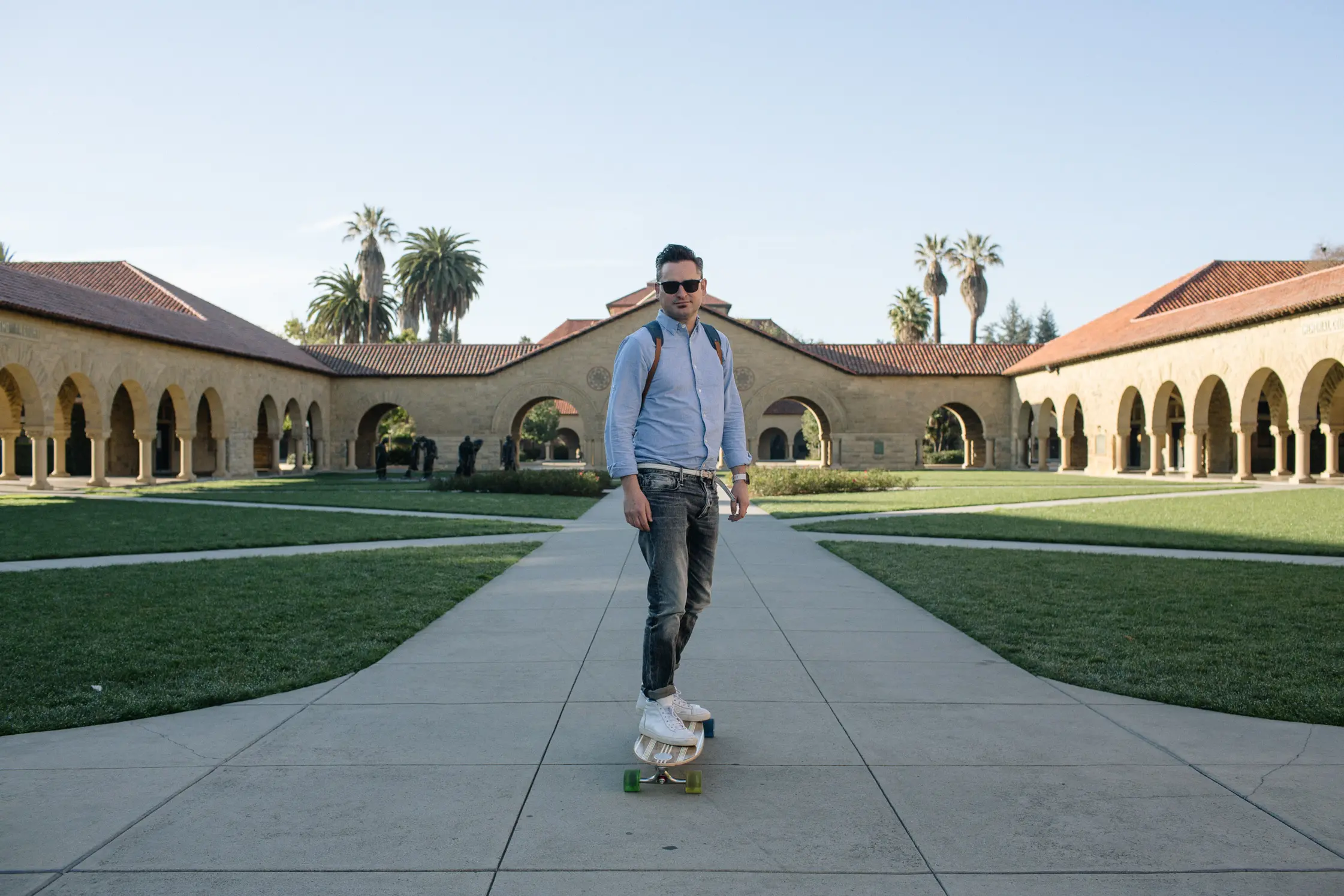
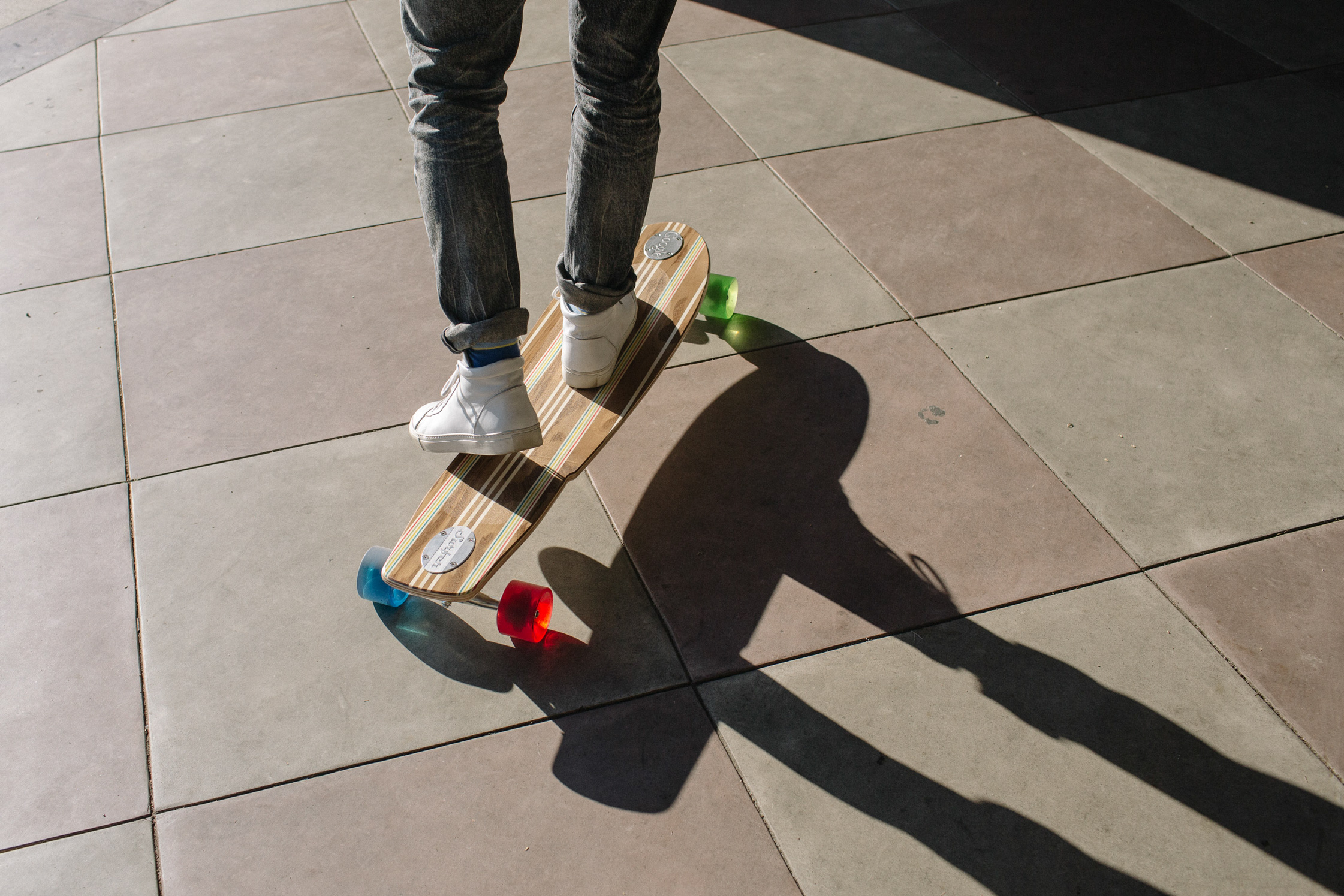
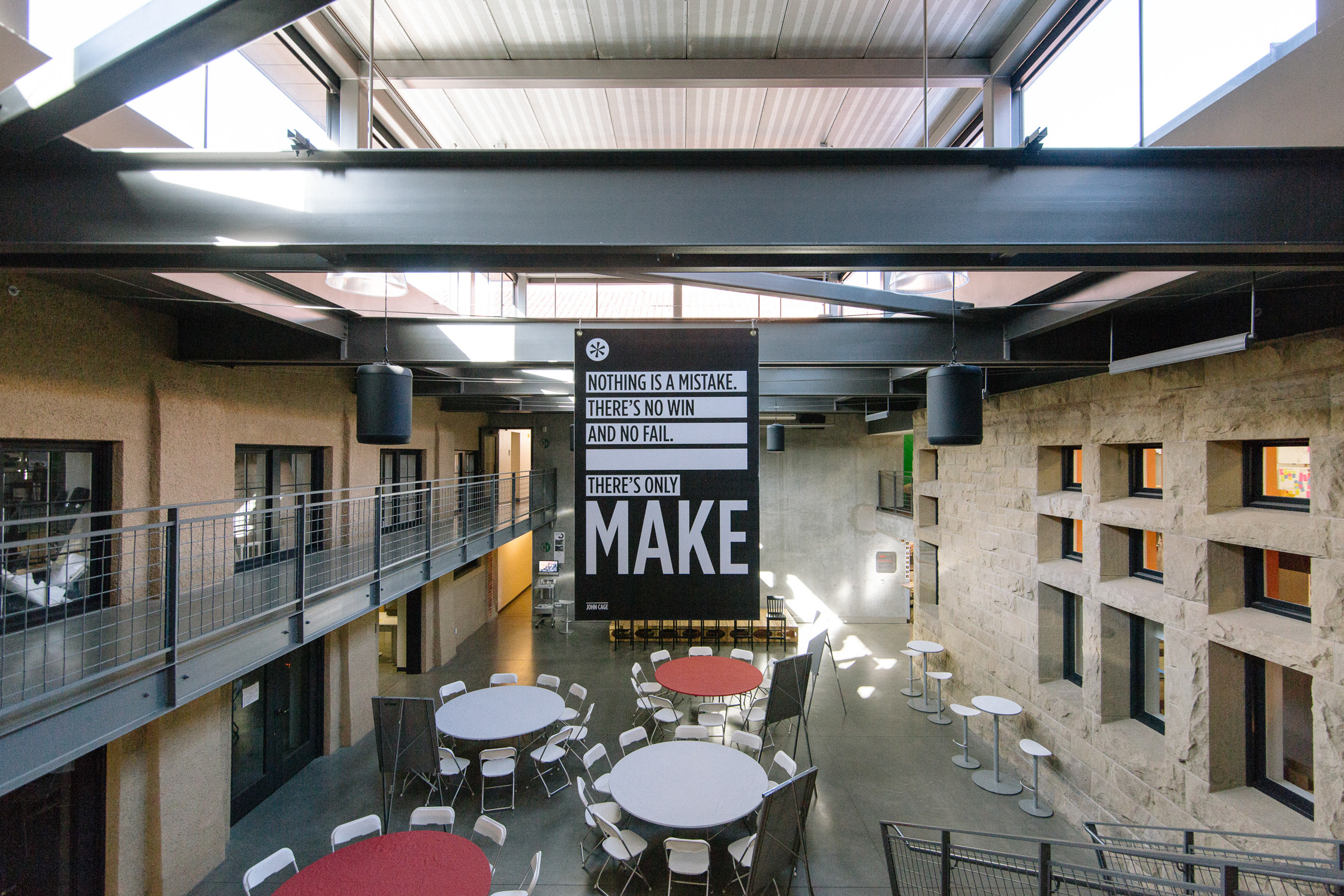
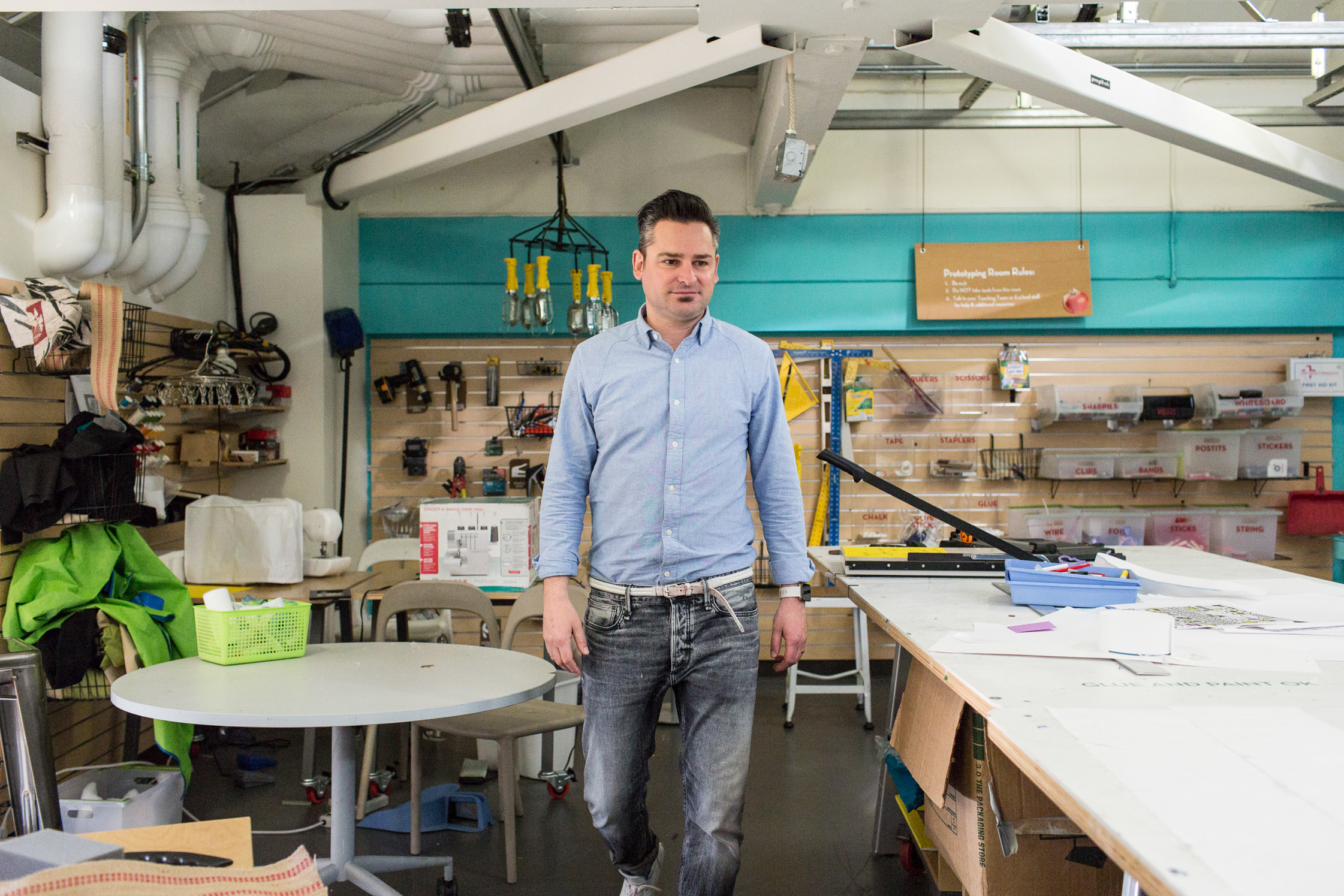
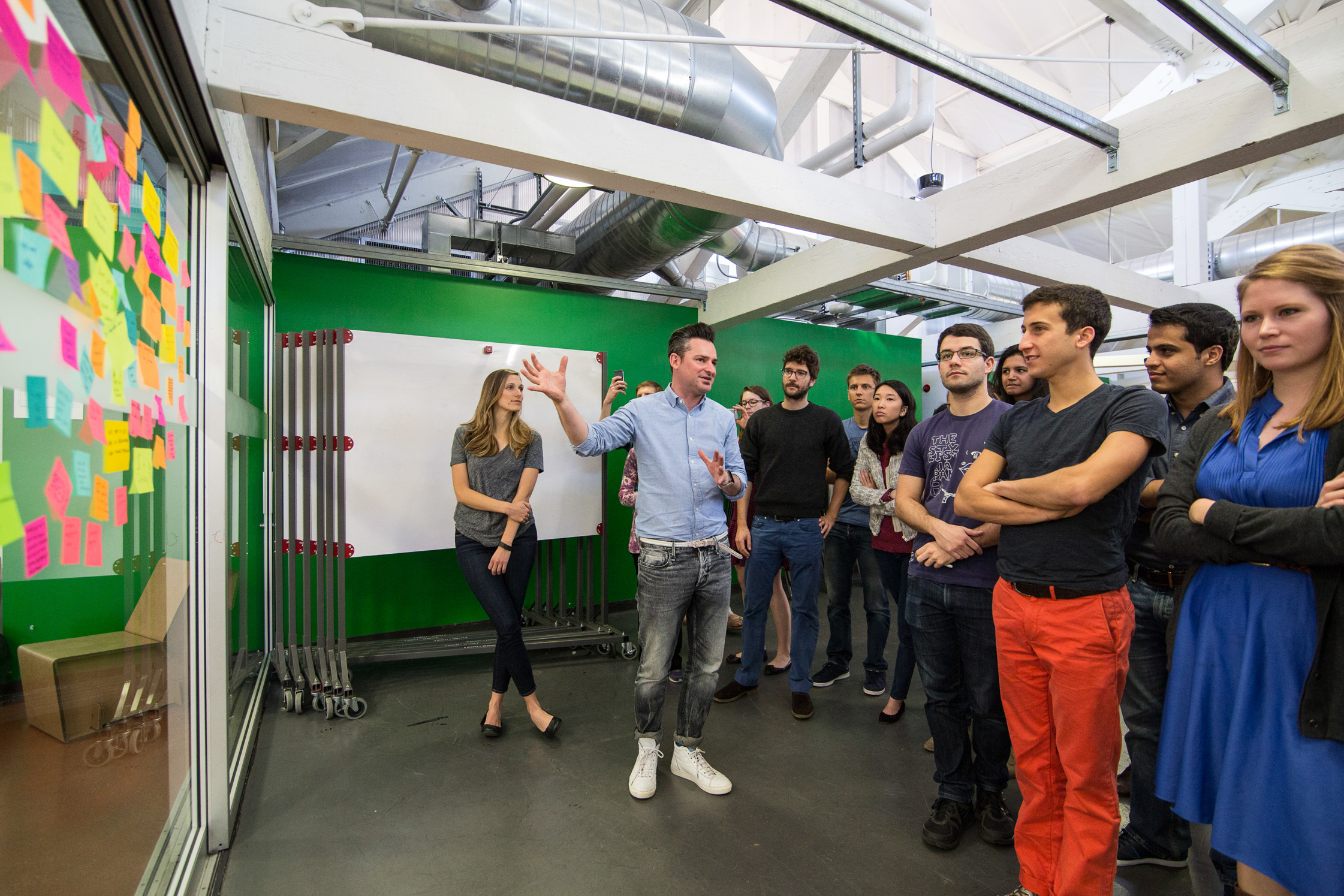
-
So, essentially, you’re facilitating idea generation and then empowering people to have confidence in their own abilities?
Exactly. I also help them moving an idea forward – see what works, what doesn’t. I help them explore how to change and iterate on the idea. It’s exciting and magical when someone comes up with an idea.
-
How do you measure the impact of innovation?
In many different ways. First of all, you can actually count how many ideas you develop over a day – that’s a quantitative measurement. But you can also see how people’s lives change, qualitatively. For example, if you have an idea about how you can provide food experiences that helps people to eat more healthily, you can ask people after three months if they feel healthier and happier with what they eat.
But there is no one criteria or metric for how to measure innovation. For me, it’s not only the amount of ideas you generate – it’s also the amount of ideas you actually test out.
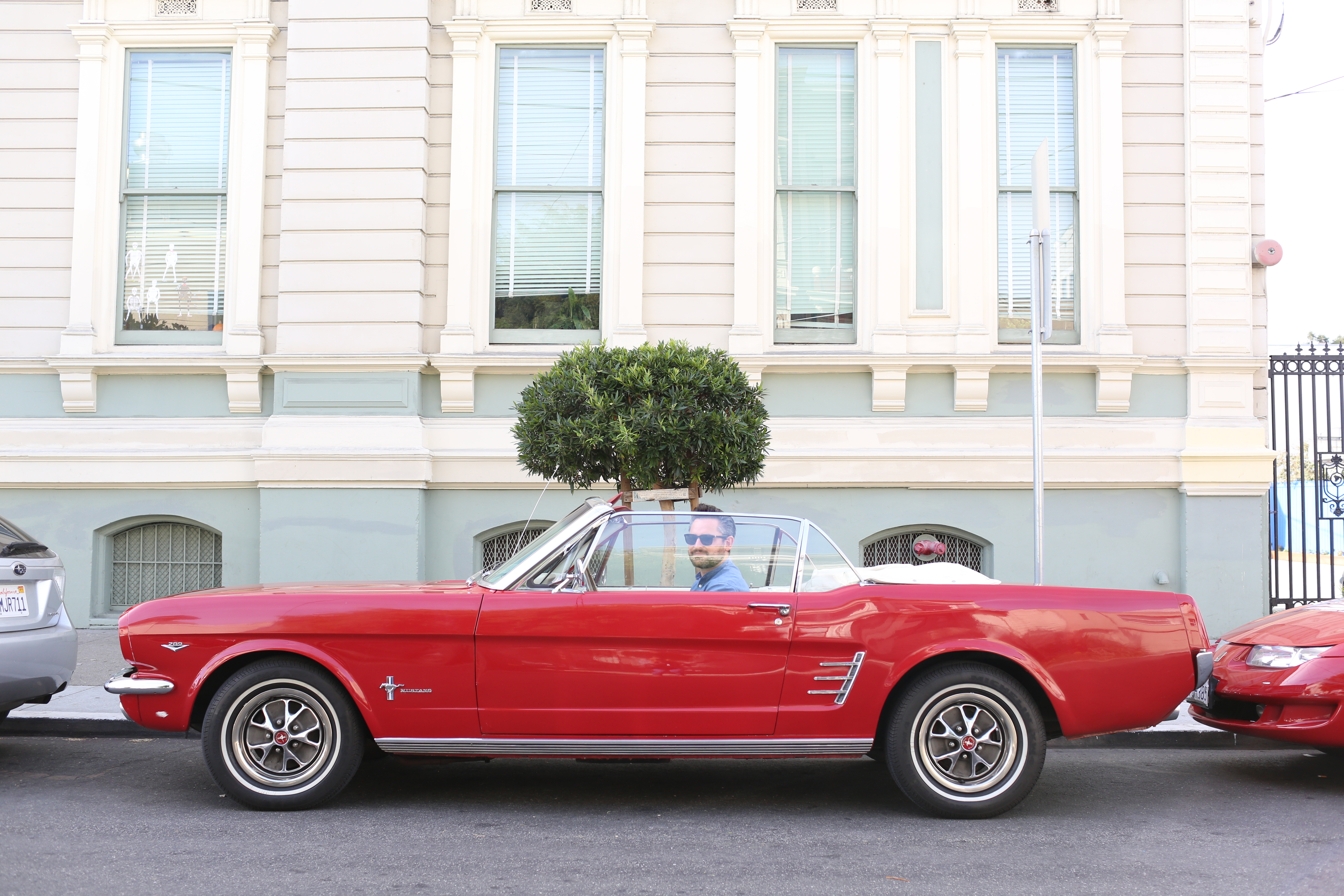
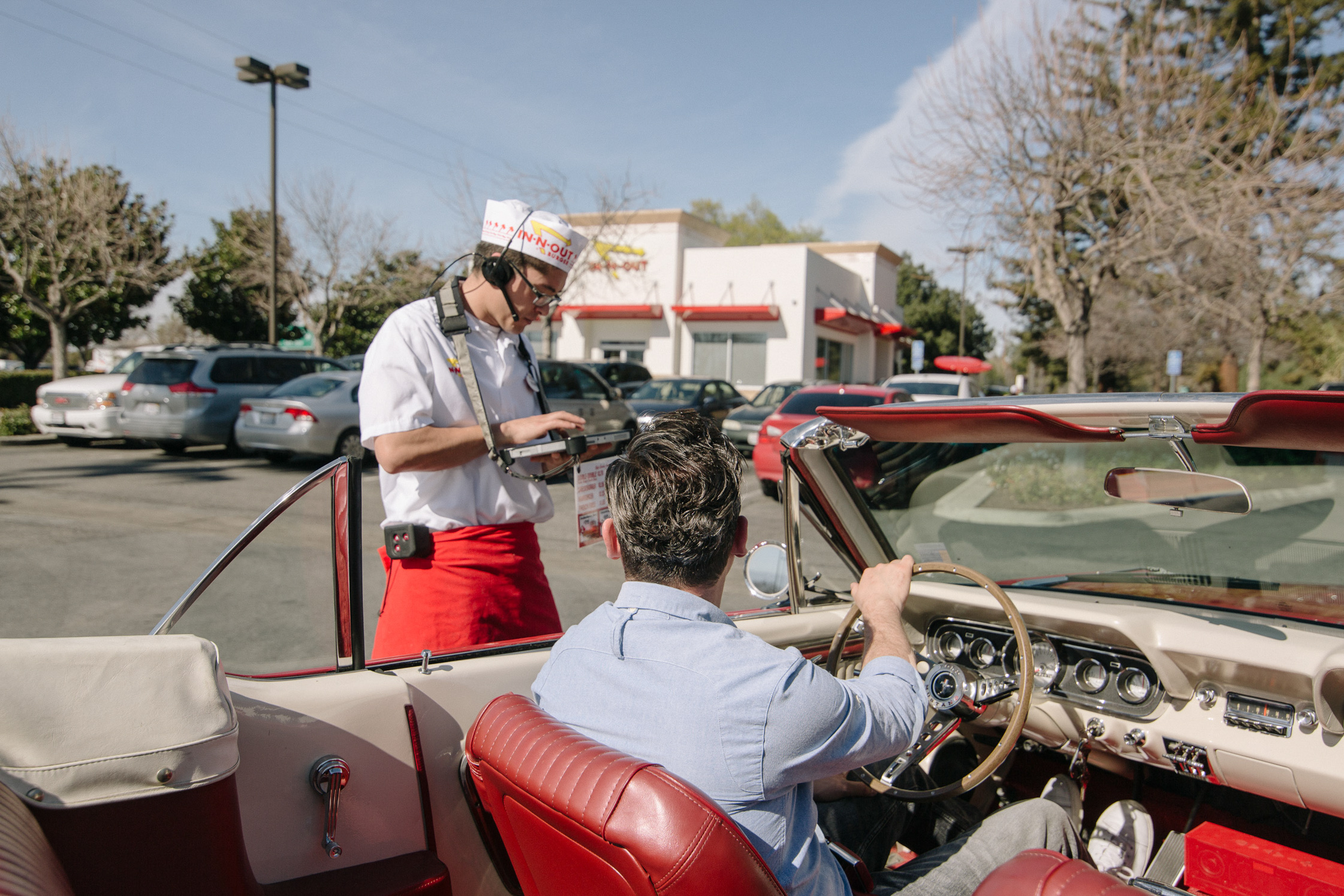

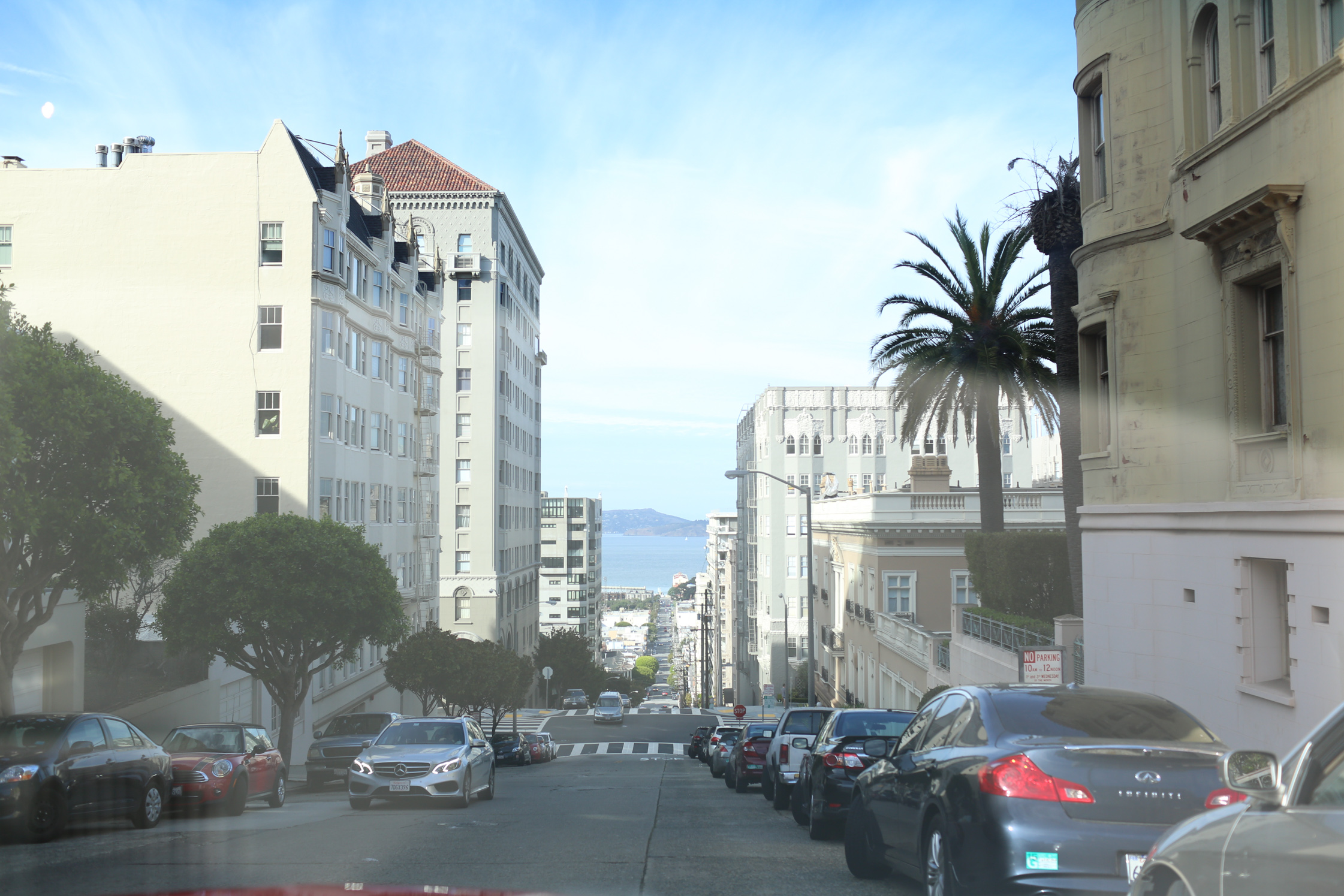
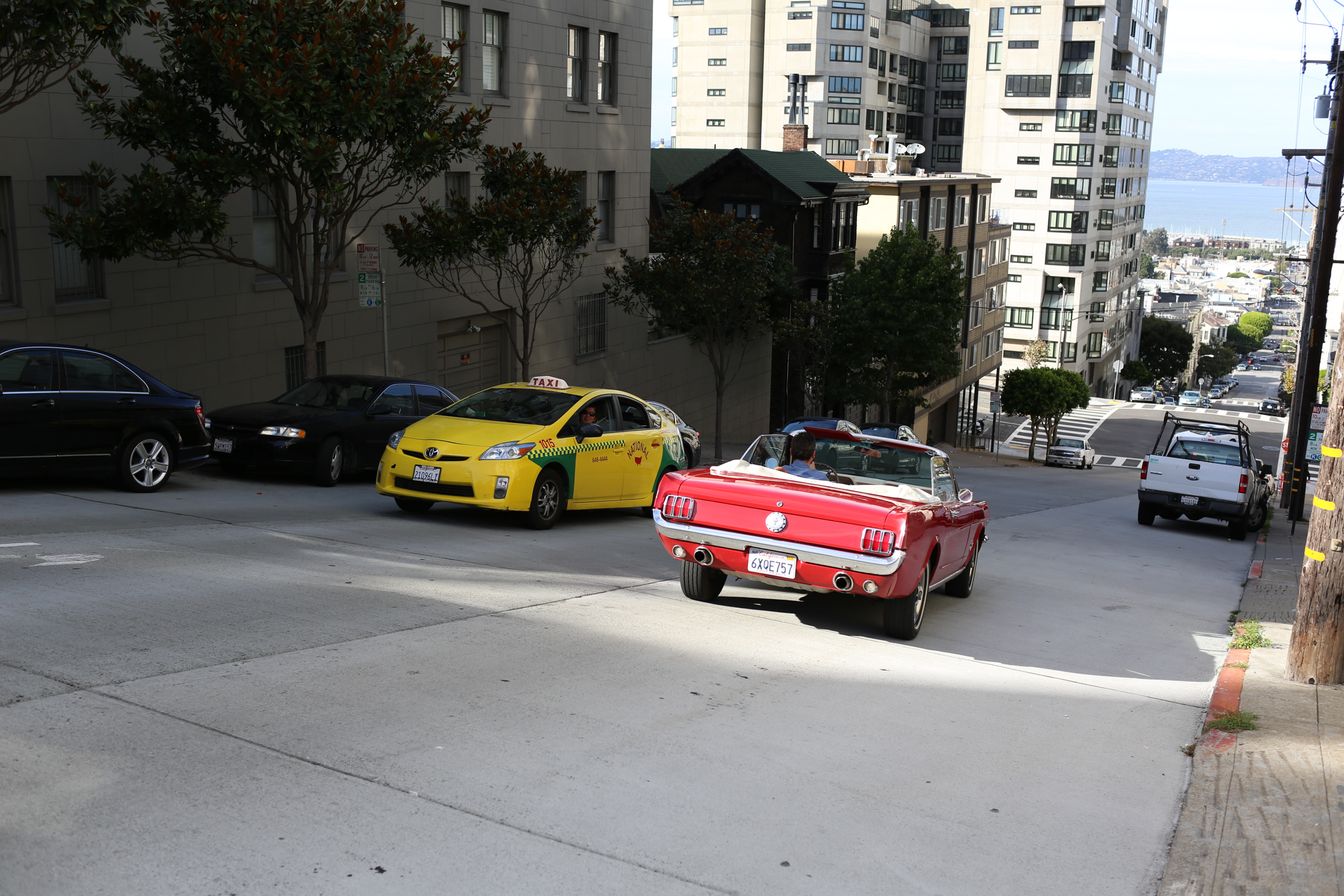
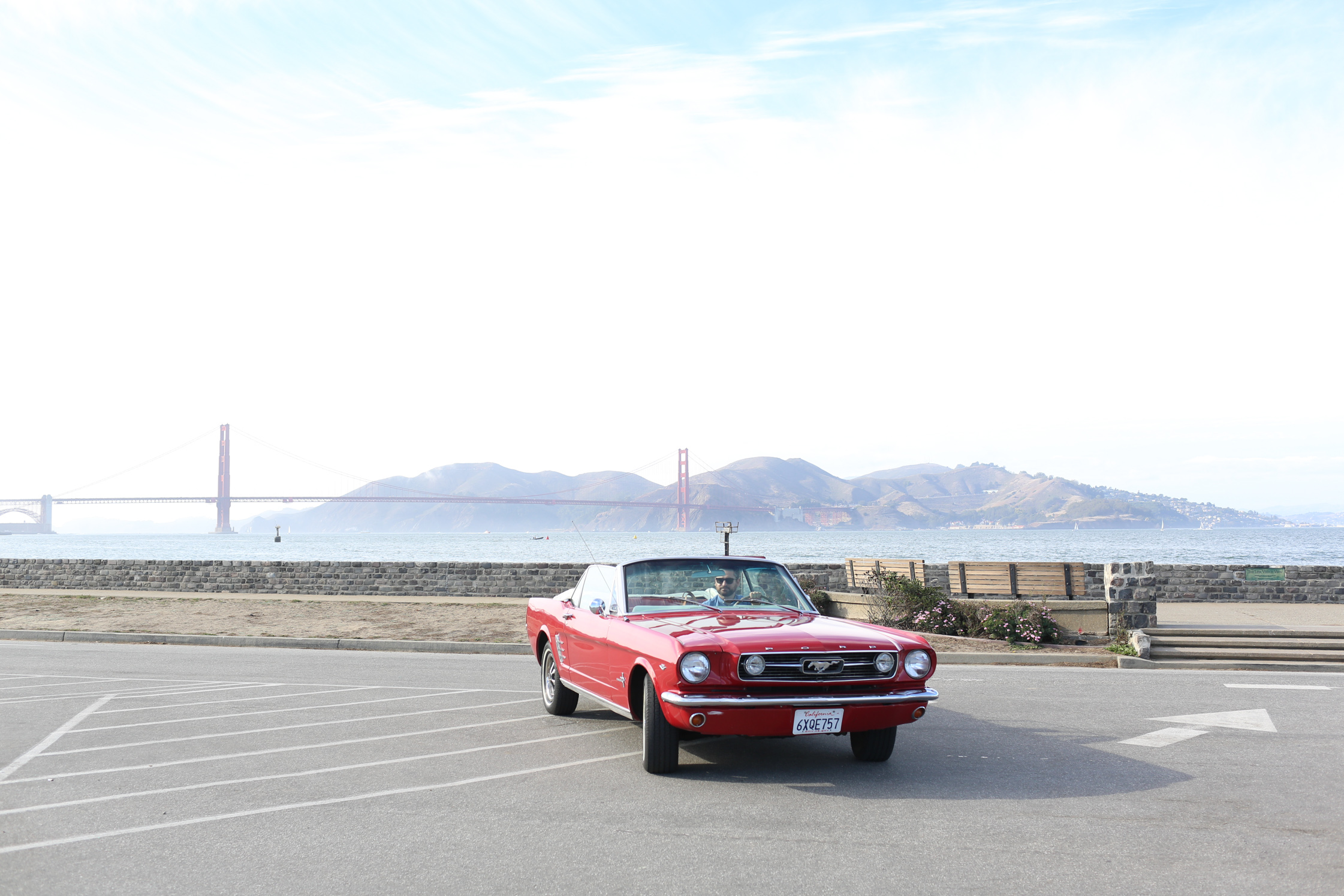
-
It seems like innovation isn’t necessarily a result – innovation is a mindset, behaviors embedded into a culture. What hinders innovation?
What hinders innovation is constraining people by telling them what they should work on in the first place, or telling them what is or isn’t a good idea. I think it’s a big myth in the Silicon Valley that we all want to fail. I think it’s different if you say that you want to learn fast and learn if an idea will work or not. We want to encourage a willingness to test something out quickly and be open to learning from whatever happens.
-
People are used to staying in their comfort zones. Do you come up against resistance in your work?
It’s not necessarily resistance – it’s natural behavior. When you go somewhere and you don’t know what’s going to happen, it can be very uncomfortable. I’m addicted to doing new things everyday. One of the mantras in my life is that I never do things twice, which drives my friends crazy – my wife is used to it.
For Frederik, the garage is an iconic space both at work and at home in Sunnyvale, where he lives with his wife Angela and their two kids. Transportation is essential to his California lifestyle, and he has six modes to choose from: by foot, public transportation, bicycle, a Harley Davidson motorcycle, a ’66 Mustang and a ’91 Volkswagen Vanagon Westfalia camper. Each produces a unique experience; after all, for Frederik, the process is as important as the destination.
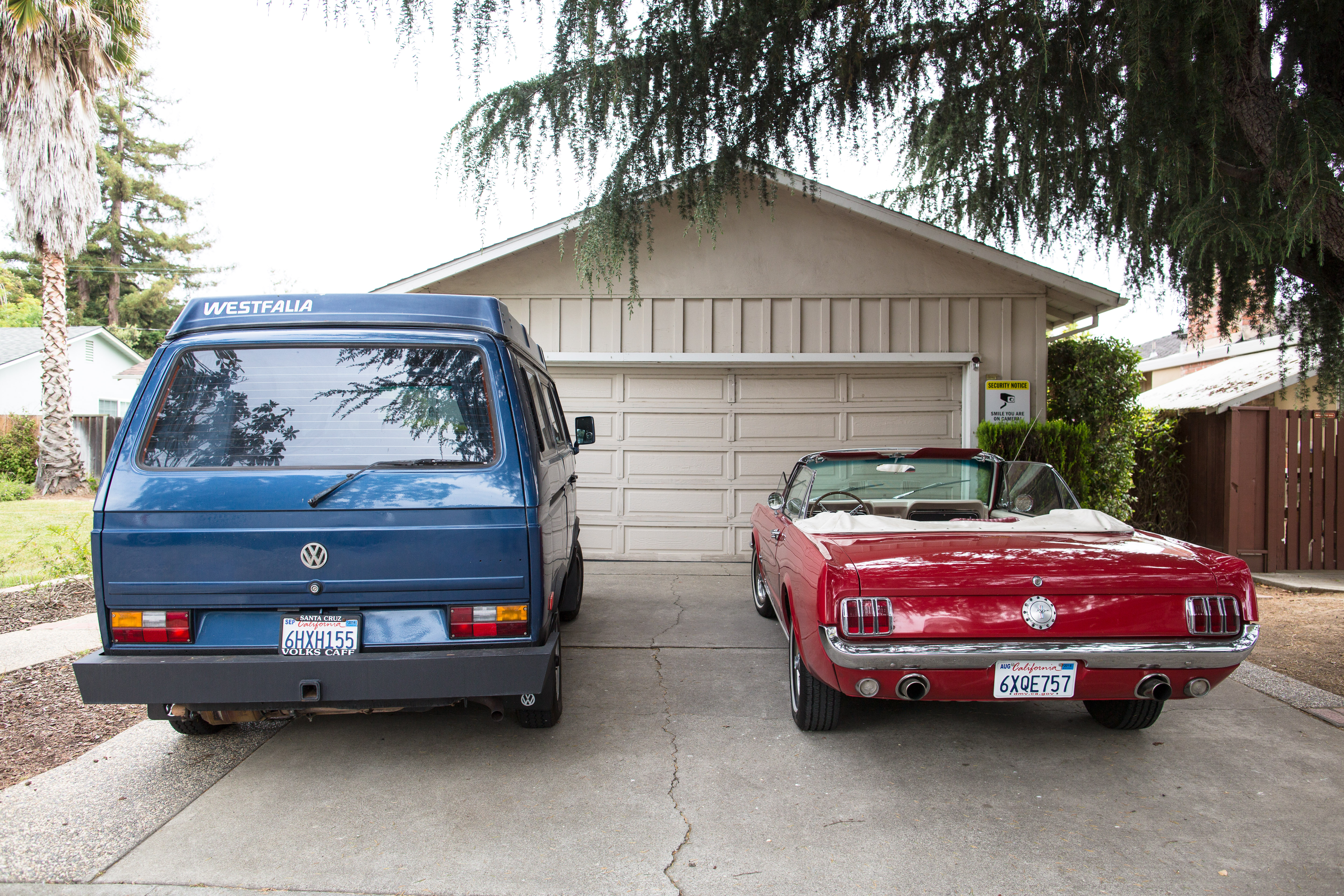
-
You have some very iconic Californian artifacts, like the Vanagon, Mustang and surfboard.
Absolutely. I try to immerse myself into cultures in an extreme way. When I lived in Shanghai, I tried to use Chinese artifacts and really live the way the Chinese do. I like to use these Californian artifacts, like the cars and barbecues and outdoor couch to really immerse myself into Californian culture.
-
That’s refreshing because it means you appreciate the things that Californians might take for granted. For you, what is the California dream?
I think everyone finds his or her own California dream. Some people find a new partner or new job here, or they think the Californian dream is being close to nature, in the tech industry center, or living in a great city or near the ocean. For me it’s definitely the environment, the people and these artifacts as well. It’s the Mustang. It’s riding the motorcycle to work in shorts; it’s going to the beach; it’s the barbeque with friends. Everybody can find their own inspiration here.
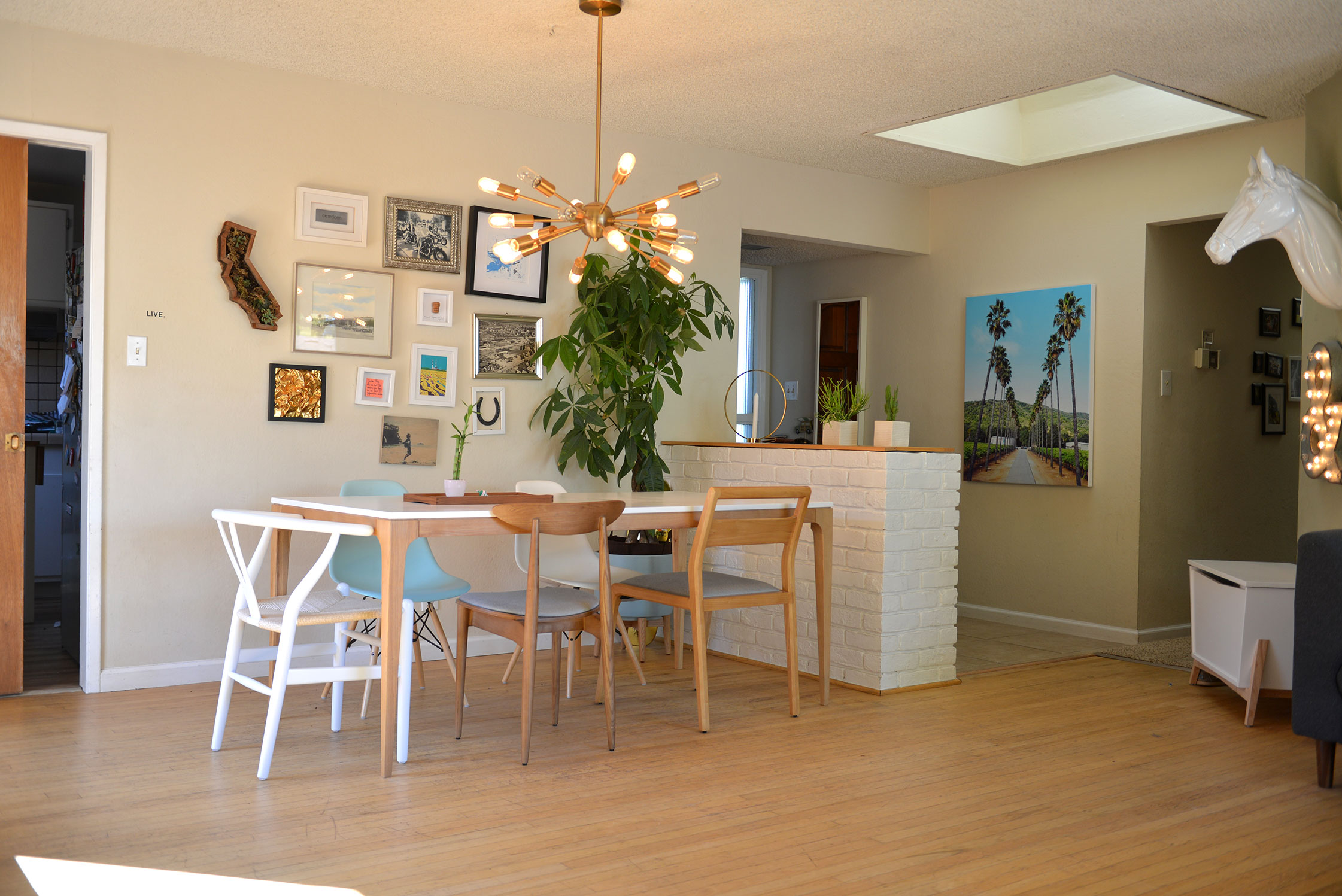
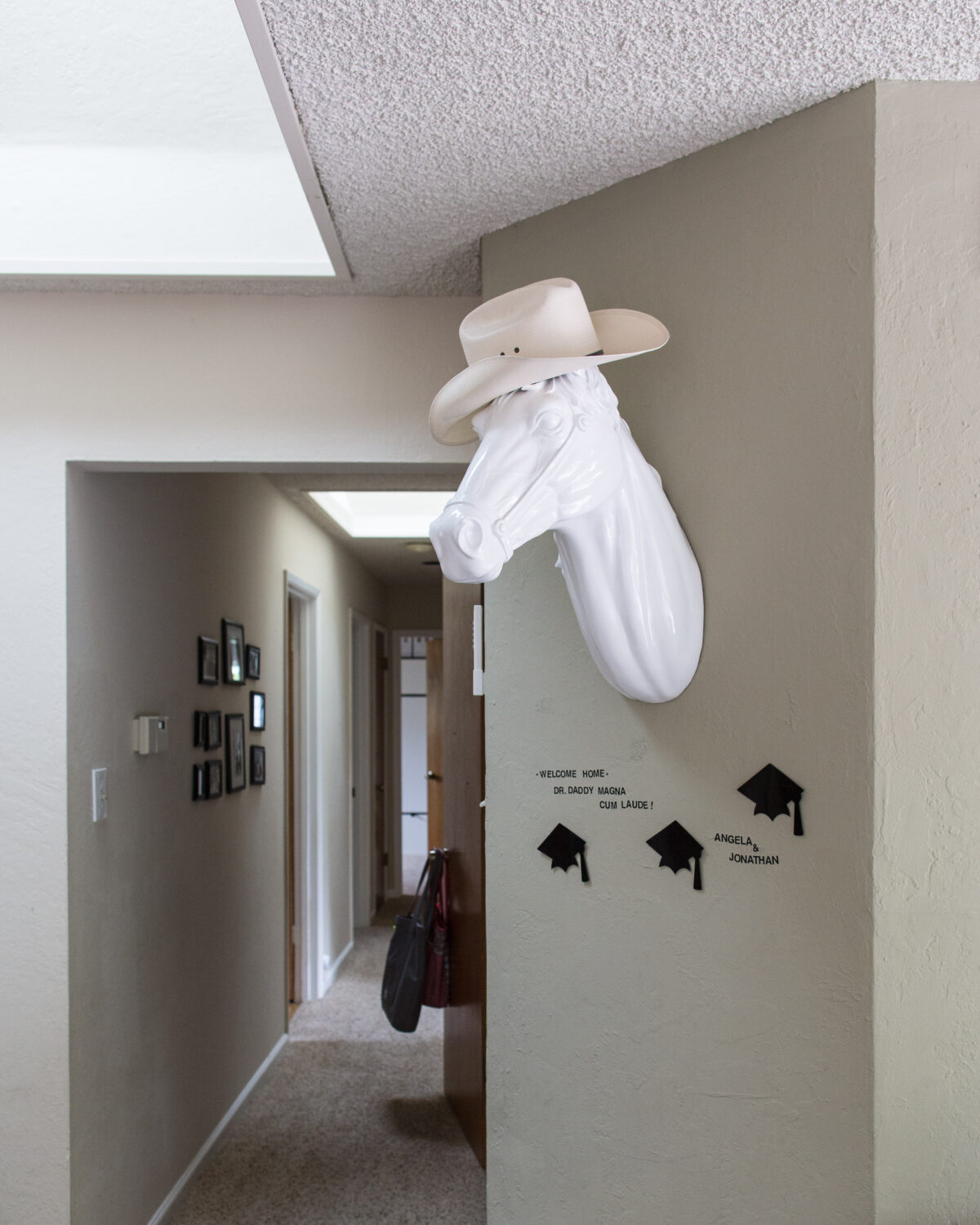
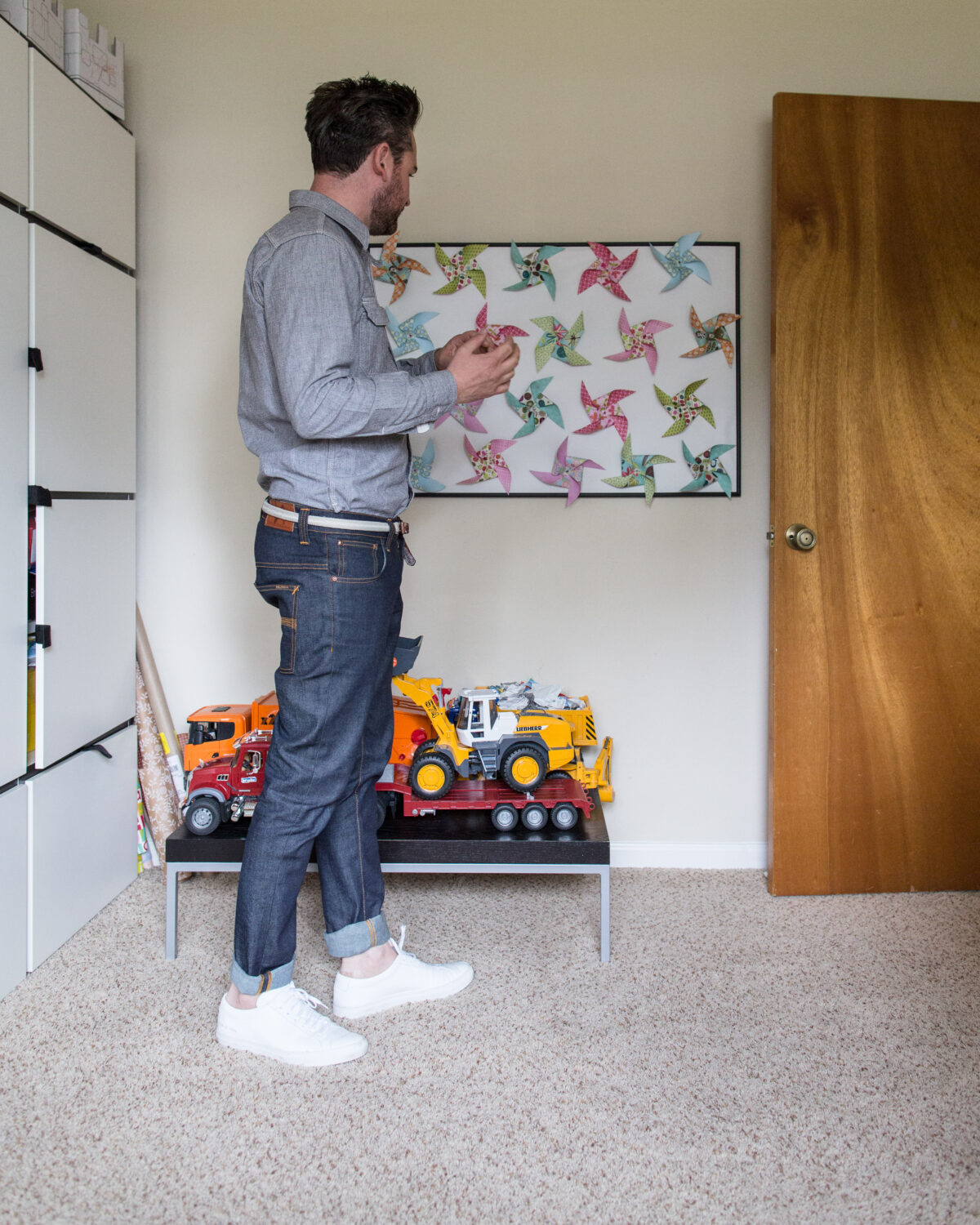
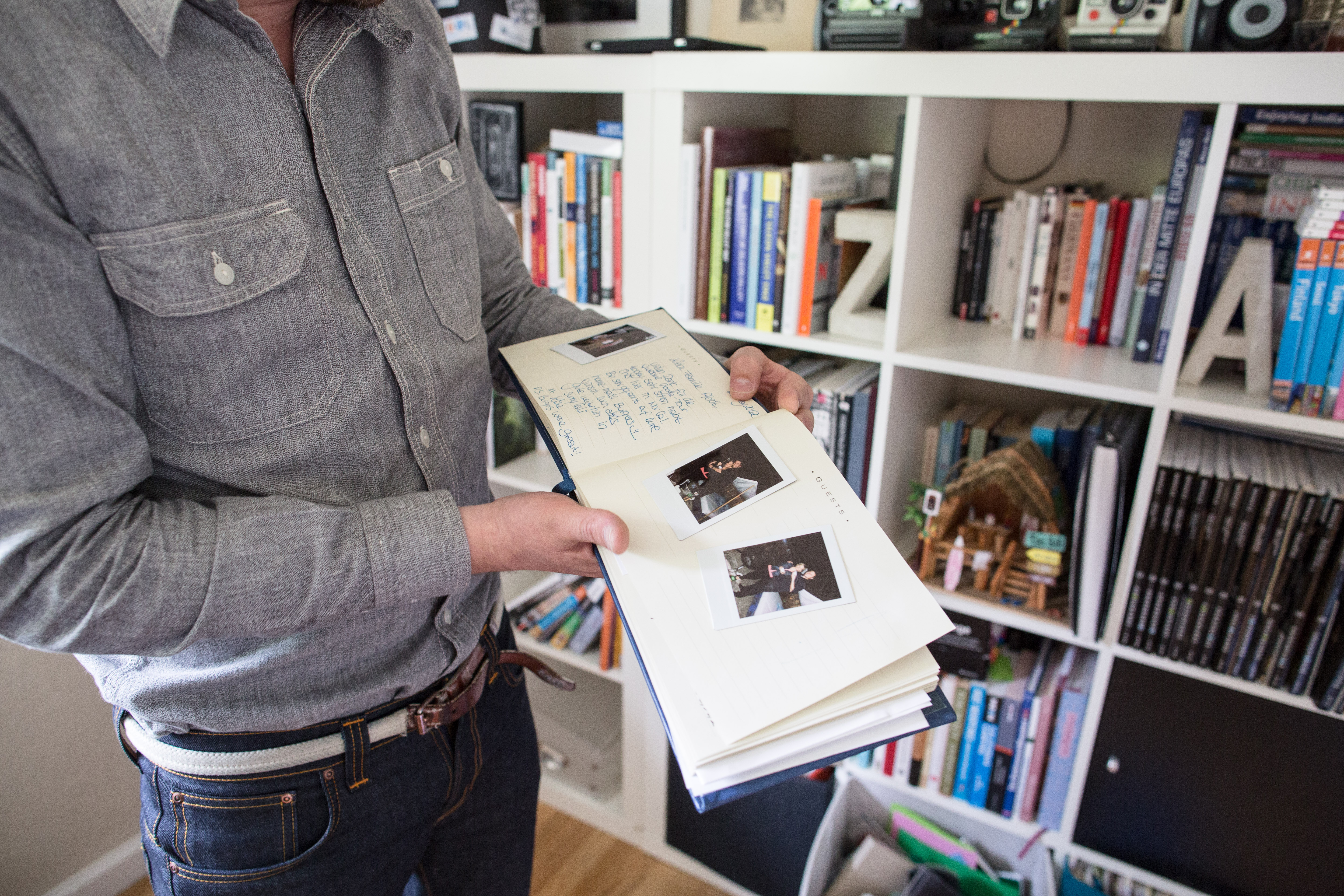
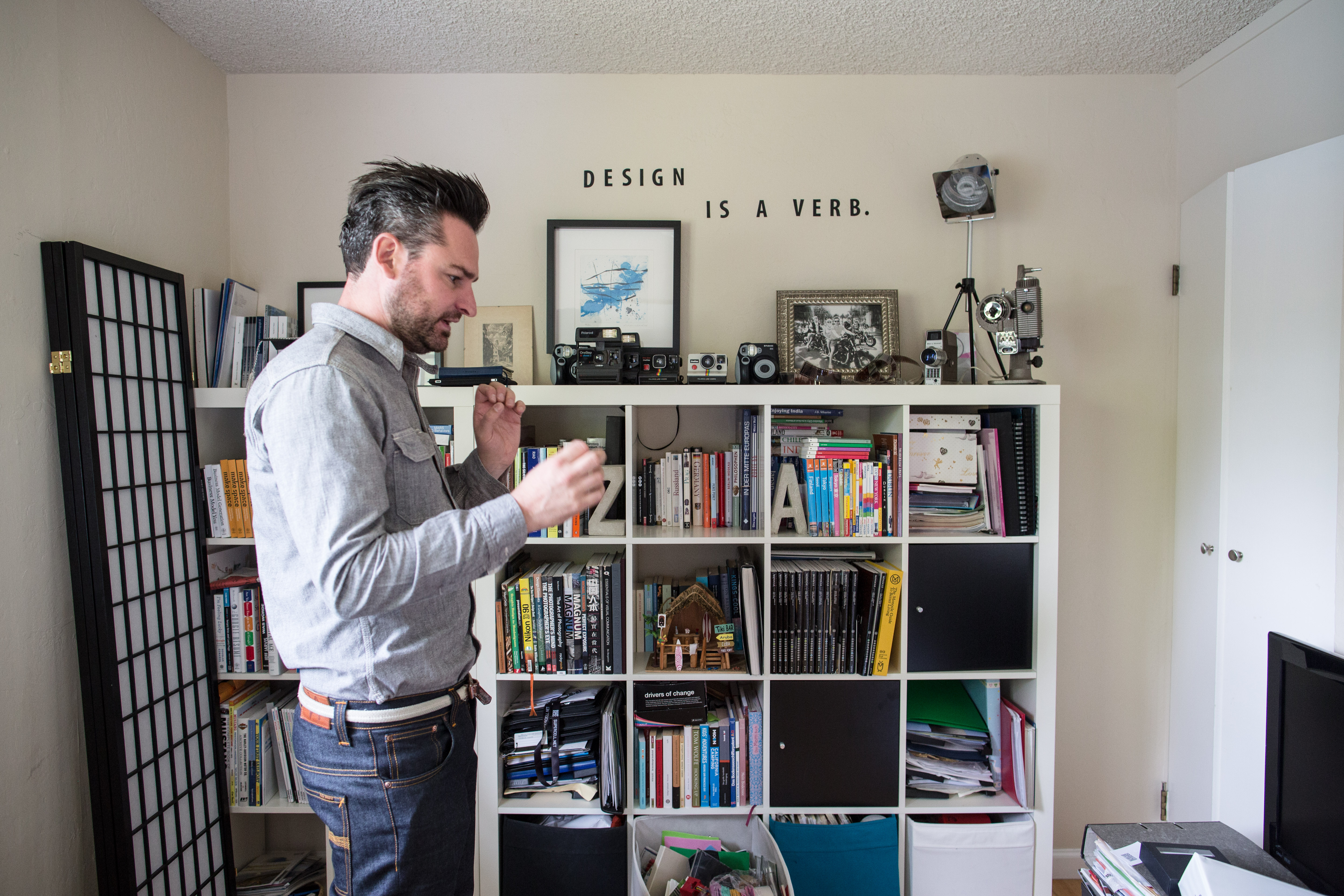
-
A person’s experience of a place really depends on whether they walk, bike, drive, bus, etc. For you, do different forms of transportation evoke different feelings?
Absolutely. Whenever I travel, I take the local public transportation. Sometimes it’s the most convenient way to get around, and sometimes it’s the most inconvenient thing you can do. But you get a unique and fresh perspective of a city, and you connect to the people in a different way. That’s why I enjoy having different modes, because every time I take the motorcycle or the convertible or the bus or the electric car, I’ll have a different experience and different feeling about where I am and what I’m doing.
-
So tell me how you arrived in California.
I grew up in Germany and went to school there. After I finished my PhD, I started my own company with the goal of bringing technology to schools and education. After that, I worked as a consultant, I quit after two weeks later. Then Google called me. We moved to Dublin and I started my first role at Google in Learning & Development. I helped develop people’s leadership skills and also tried to merge technology and education.
-
What do you do as the Head of Innovation and Creativity at Google?
Google has always had a pretty high standard for creativity – Google lets us use 20% of our time to pursue our own projects and dreams, but I still felt like I could help teams develop ideas more quickly and routinely.
I wanted to provide an environment where I could organize a specific program to bring people together. So I developed a workshop called Creative Skills for Innovation Lab for teams to focus on a specific problem or challenge.
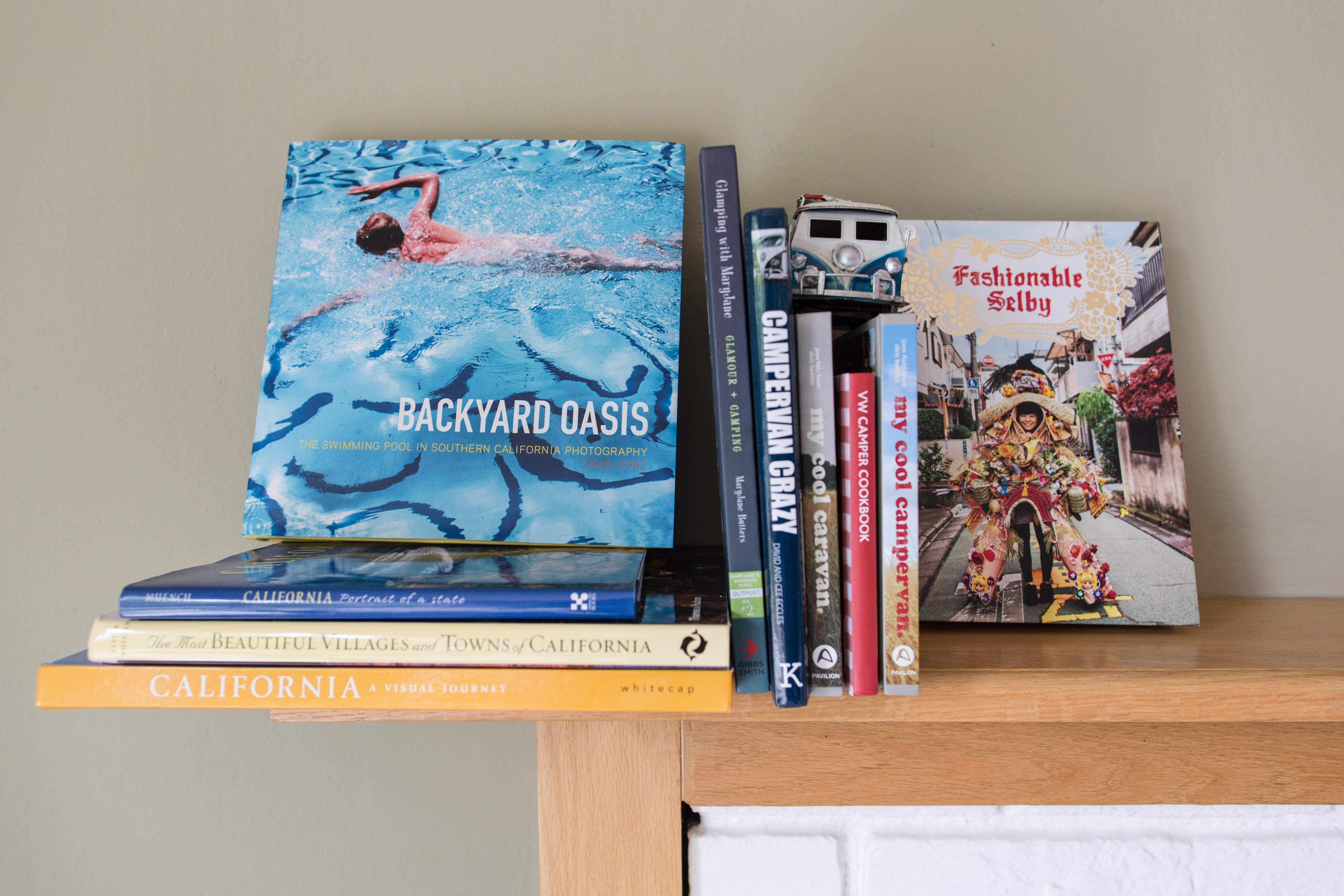
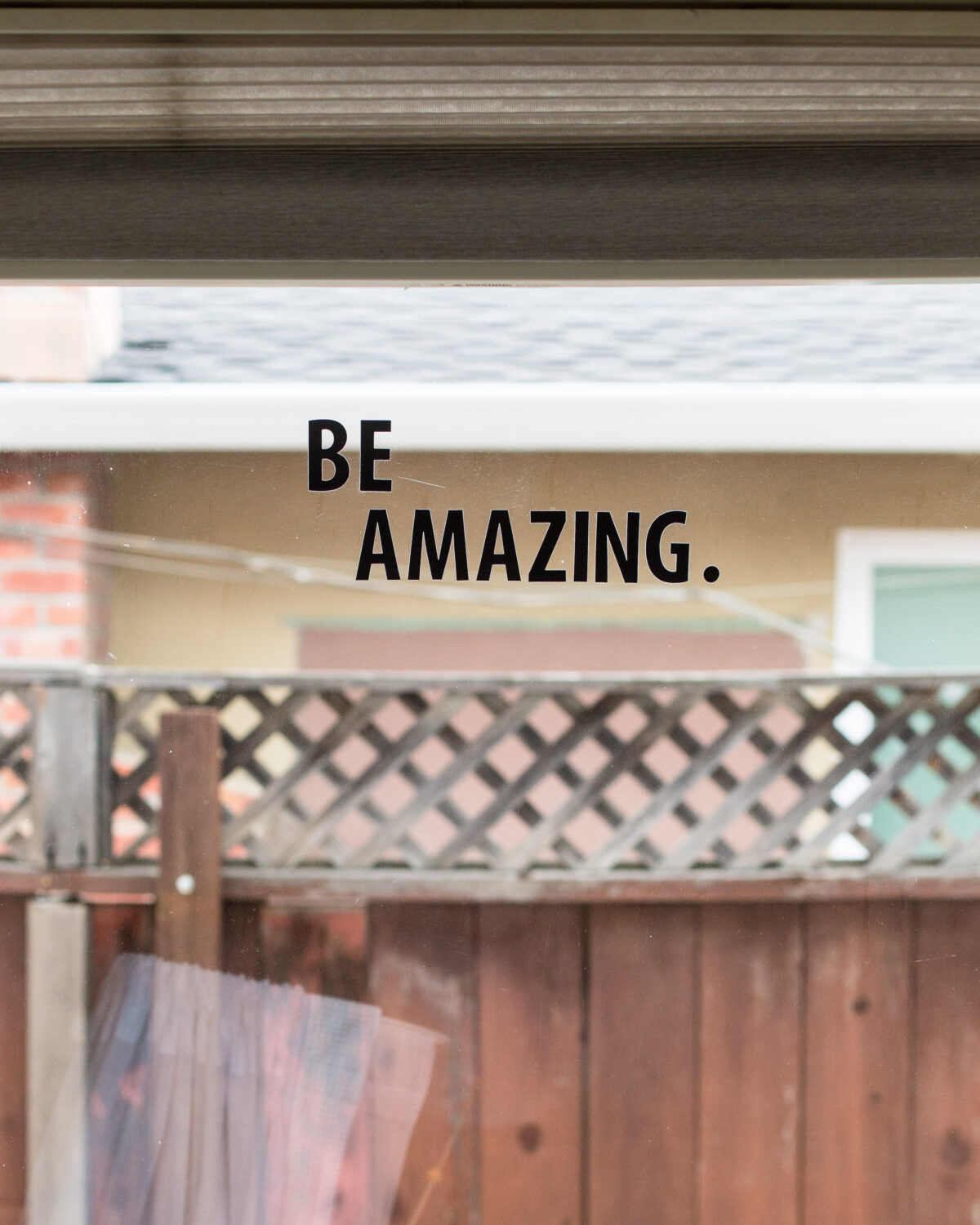
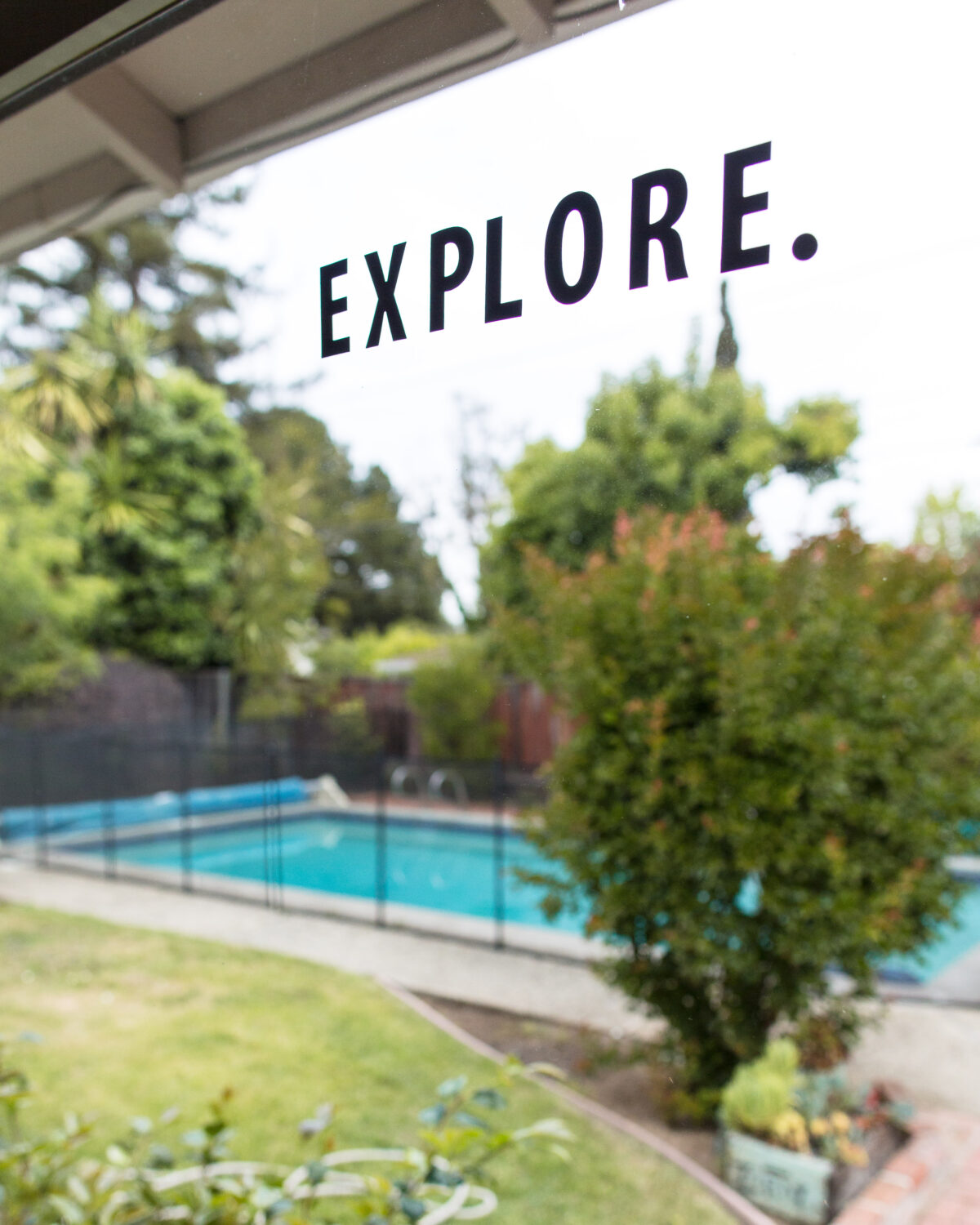
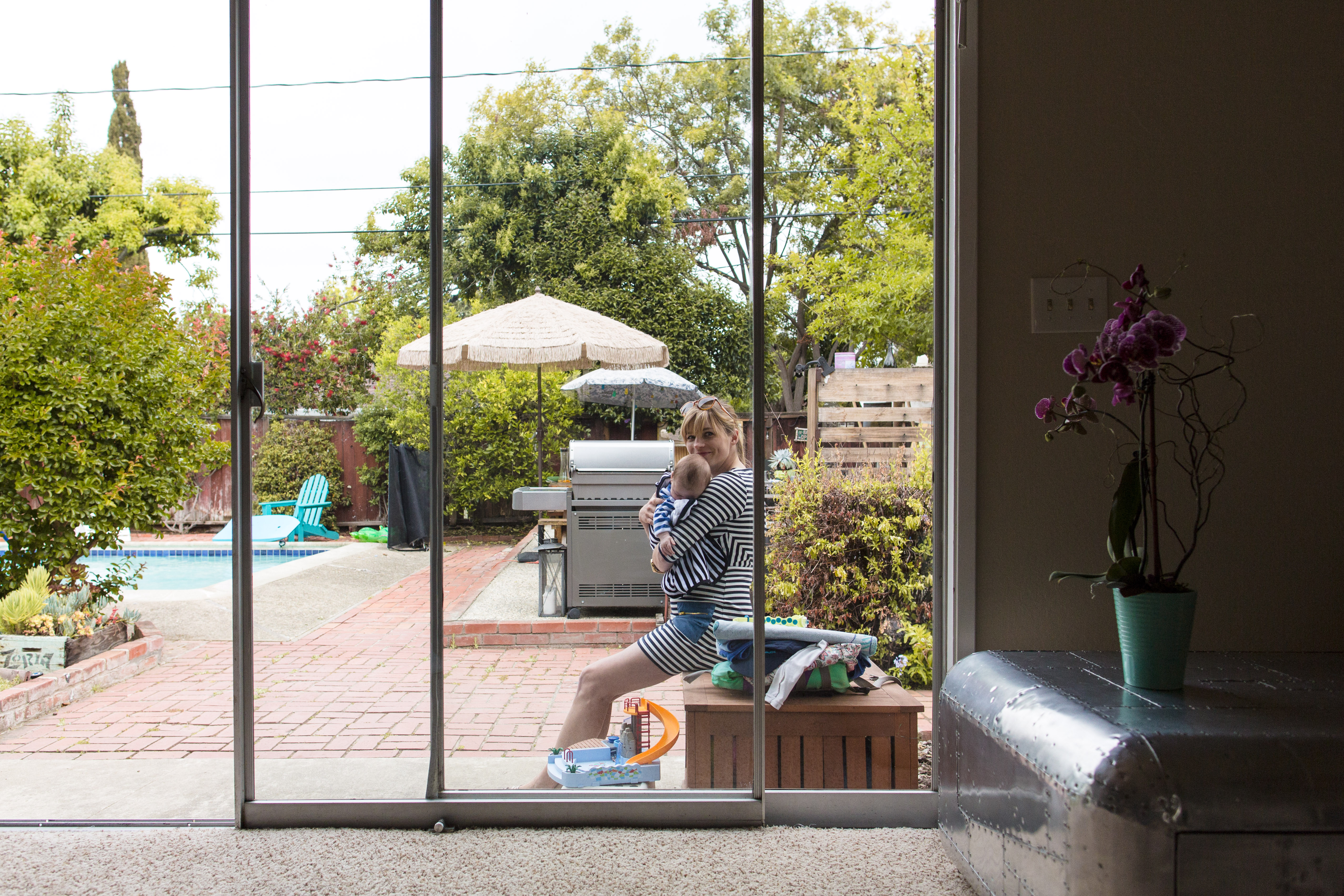
-
Do you bring principles of creativity or innovation into your home?
Yes, absolutely. It’s not only that I bring those principles home – I learn from my family members as well. My wife, Angela, always brings a different perspective to my challenges. I learn a tremendous amount from the kids – I have two sons, a five-year-old and one-year-old. Children try new things without fearing the consequence, like jumping on a skateboard without a helmet. They just go for it. They learn from their mistakes. Bringing a childlike mindset into an organization is really powerful because you create a safe environment for people to try things out.
Children also have an explorer mindset. They’re very curious about everything. They ask why about everything. I try to bring the question ‘Why?’ to the teams I work with to get to the root of the problem you want to identify. I don’t strive to have all the solutions and all the answers. I’m more interested in questions.
-
It’s great that you’re inspired by home life and ordinary encounters. What else inspires you?
Definitely people. Everybody can give you a different perspective. Everyone has different opinions and can share an idea with you. I also draw inspiration from artifacts and objects with unique histories. I love trying to understand how a designer communicates through an object, why he created the object in the first place. I love traveling to Japan – it’s a unique environment where so much attention is paid to detail. I take bits and pieces of inspiration from different cultures, people and objects.
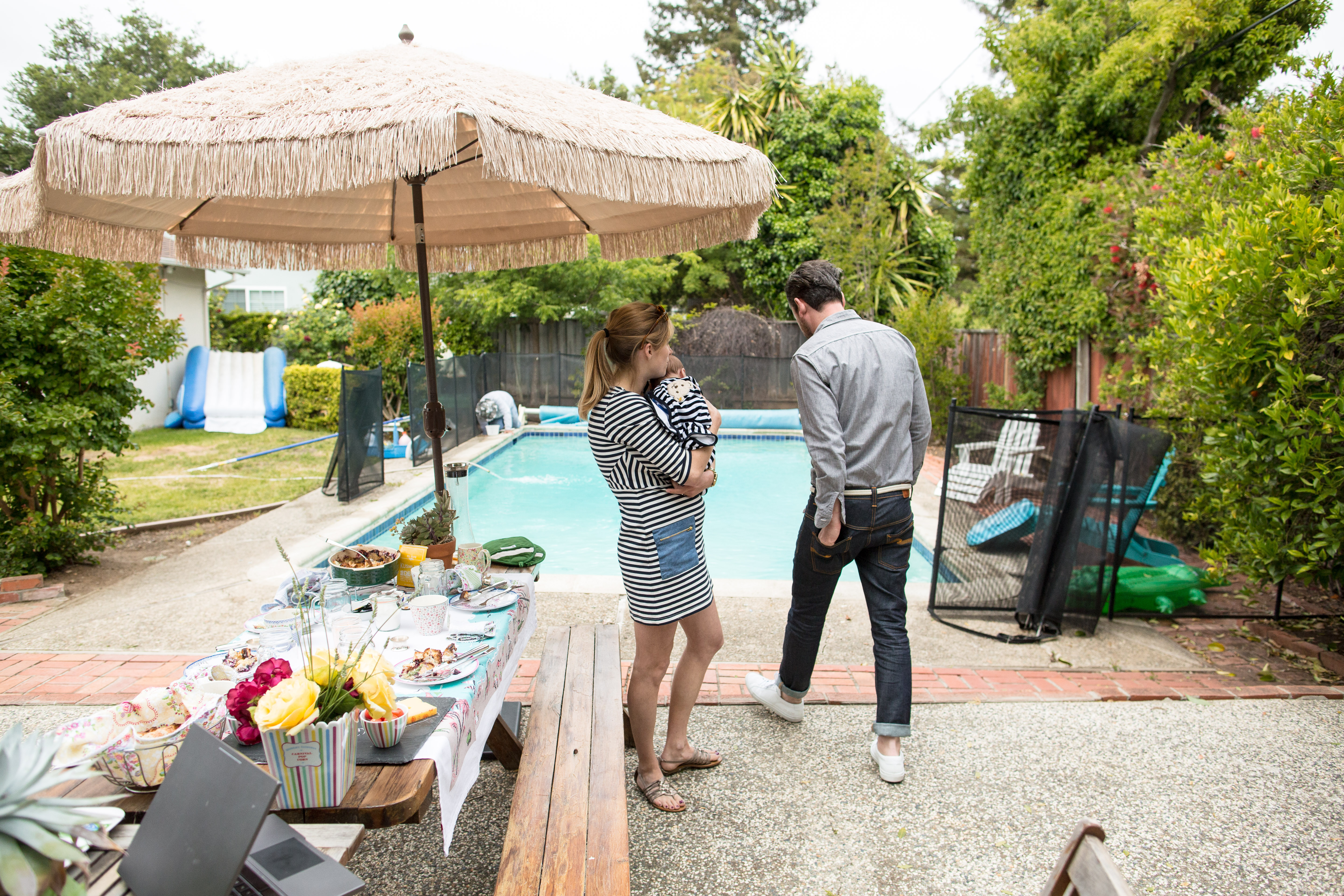
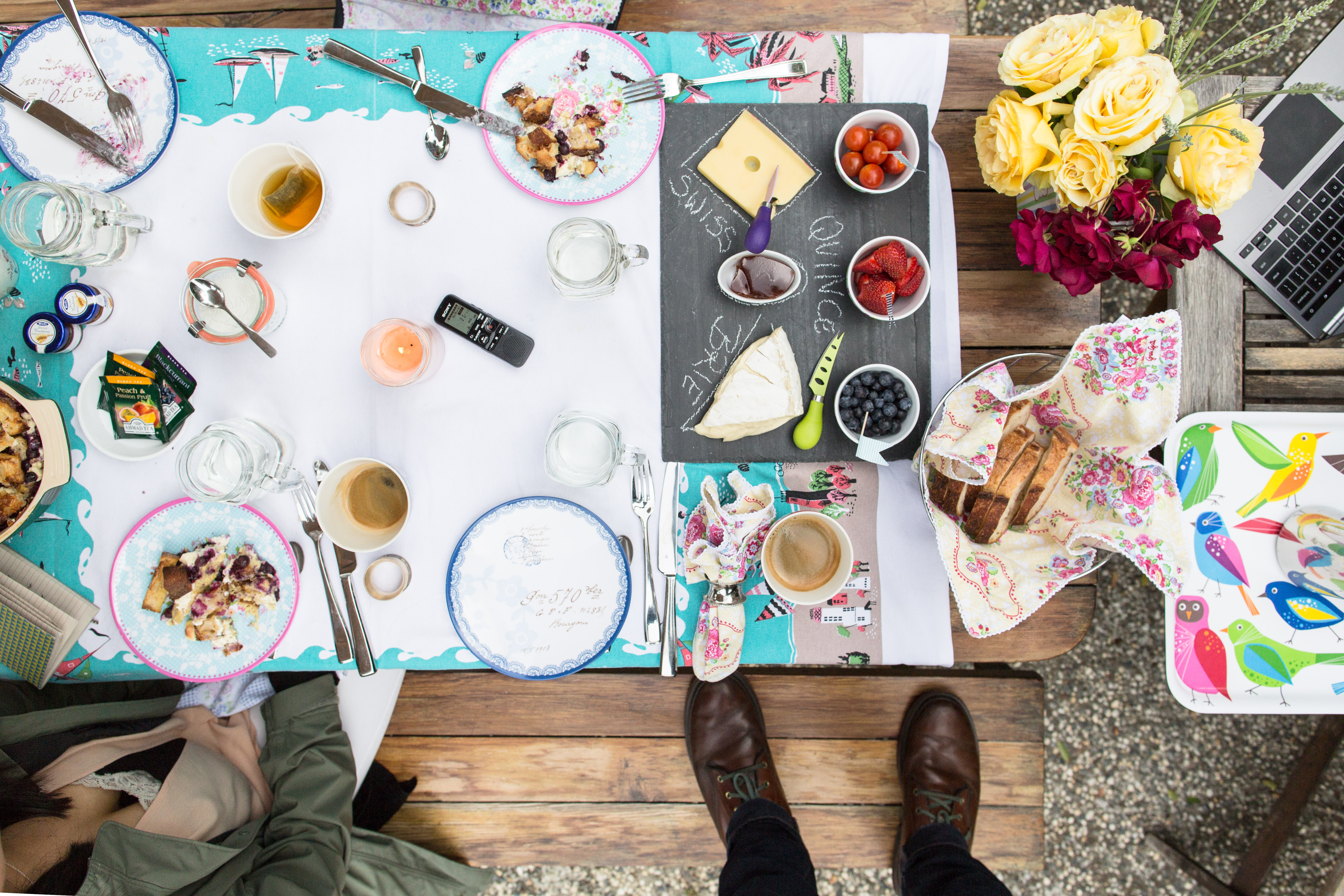
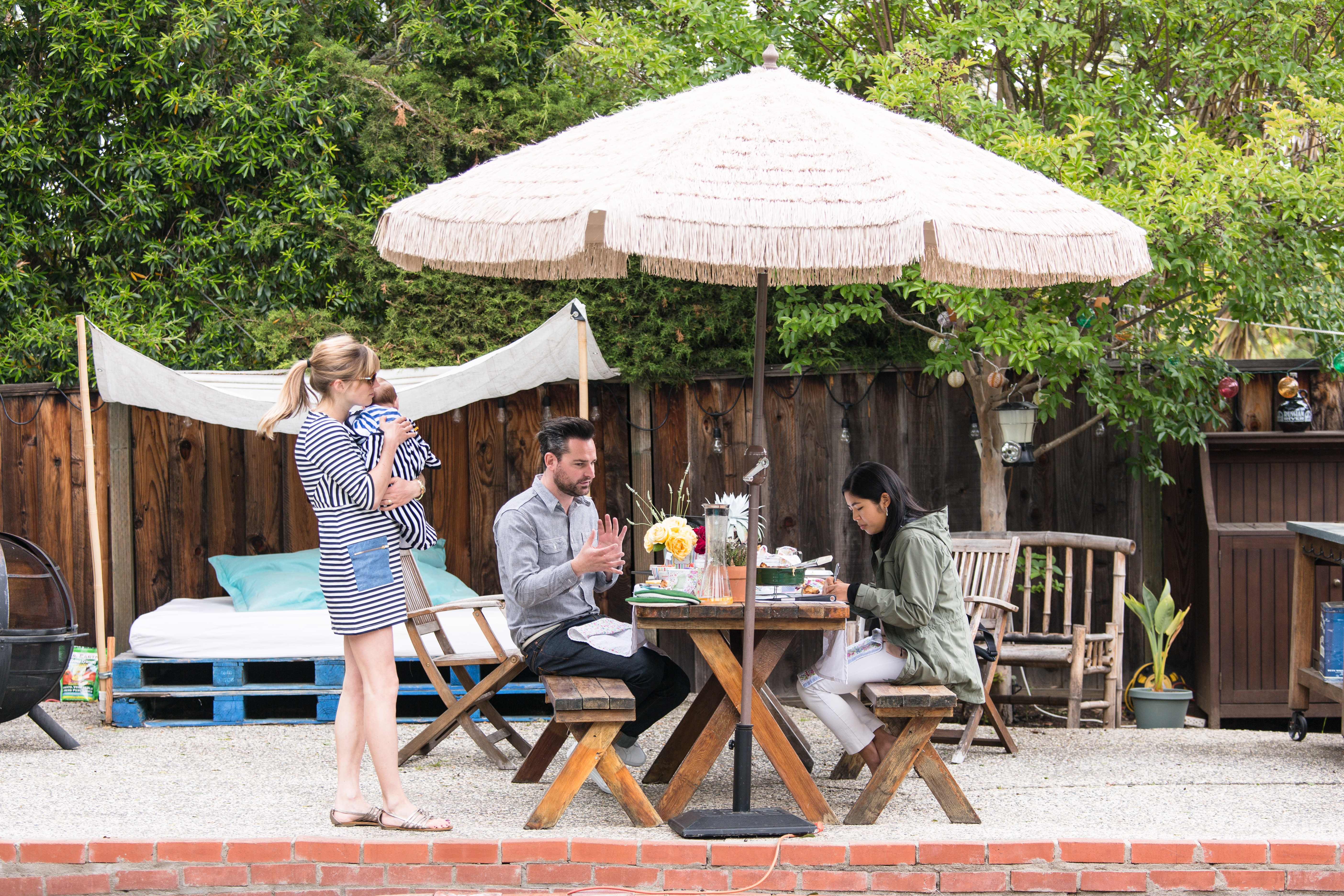
Frederik, thanks for welcoming us into your work space, home and life! Read more about Google’s CSI:Lab.
This portrait is part of our series “Friends Of Cars” in collaboration with Spiegel Online. See the second part of the story on their website.
Read more interviews with interesting individuals in San Francisco.
Photography: Natalie So & Mark Wickens
Interview & Text: Natalie So
